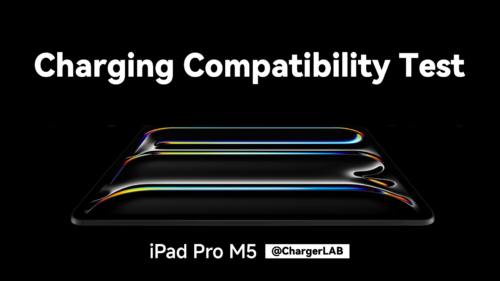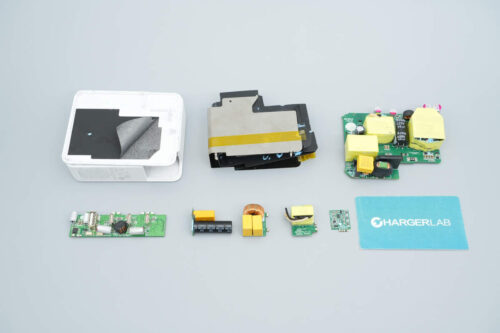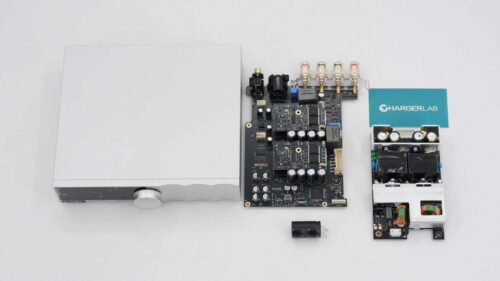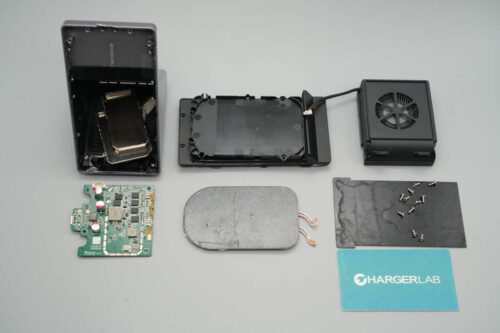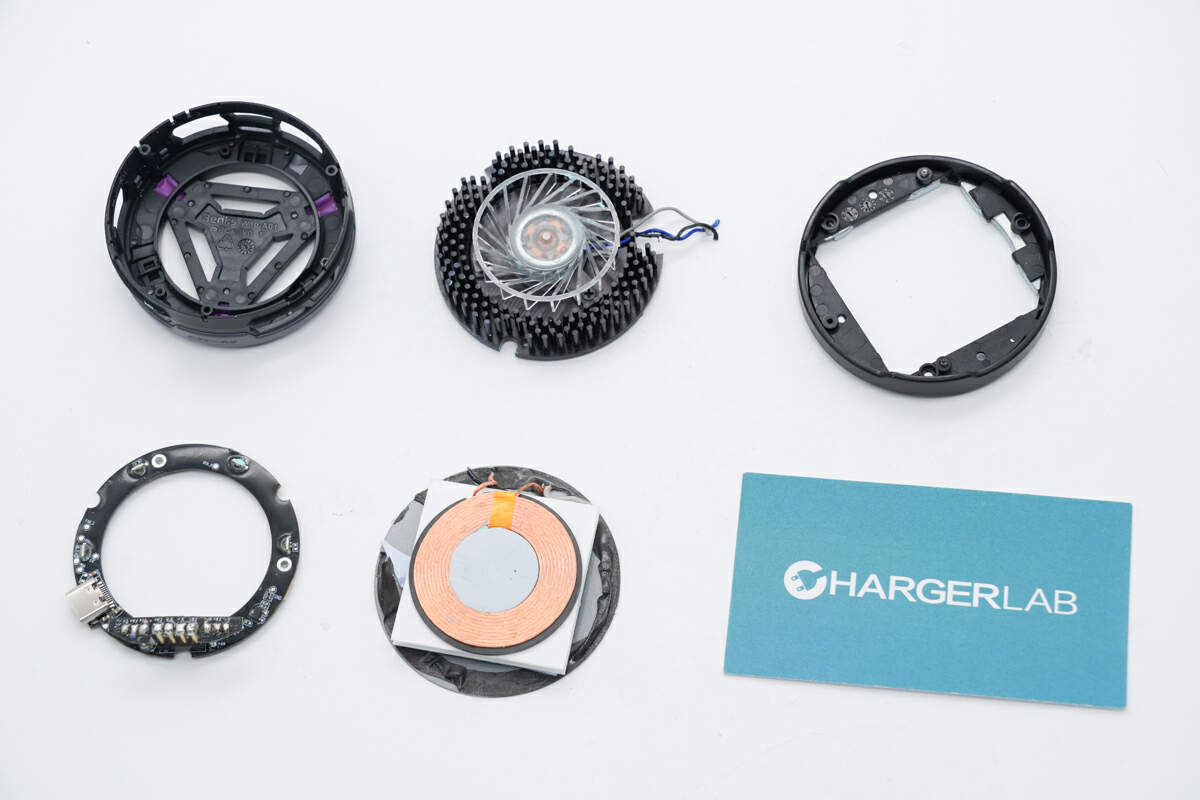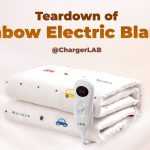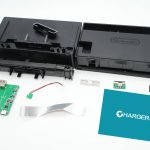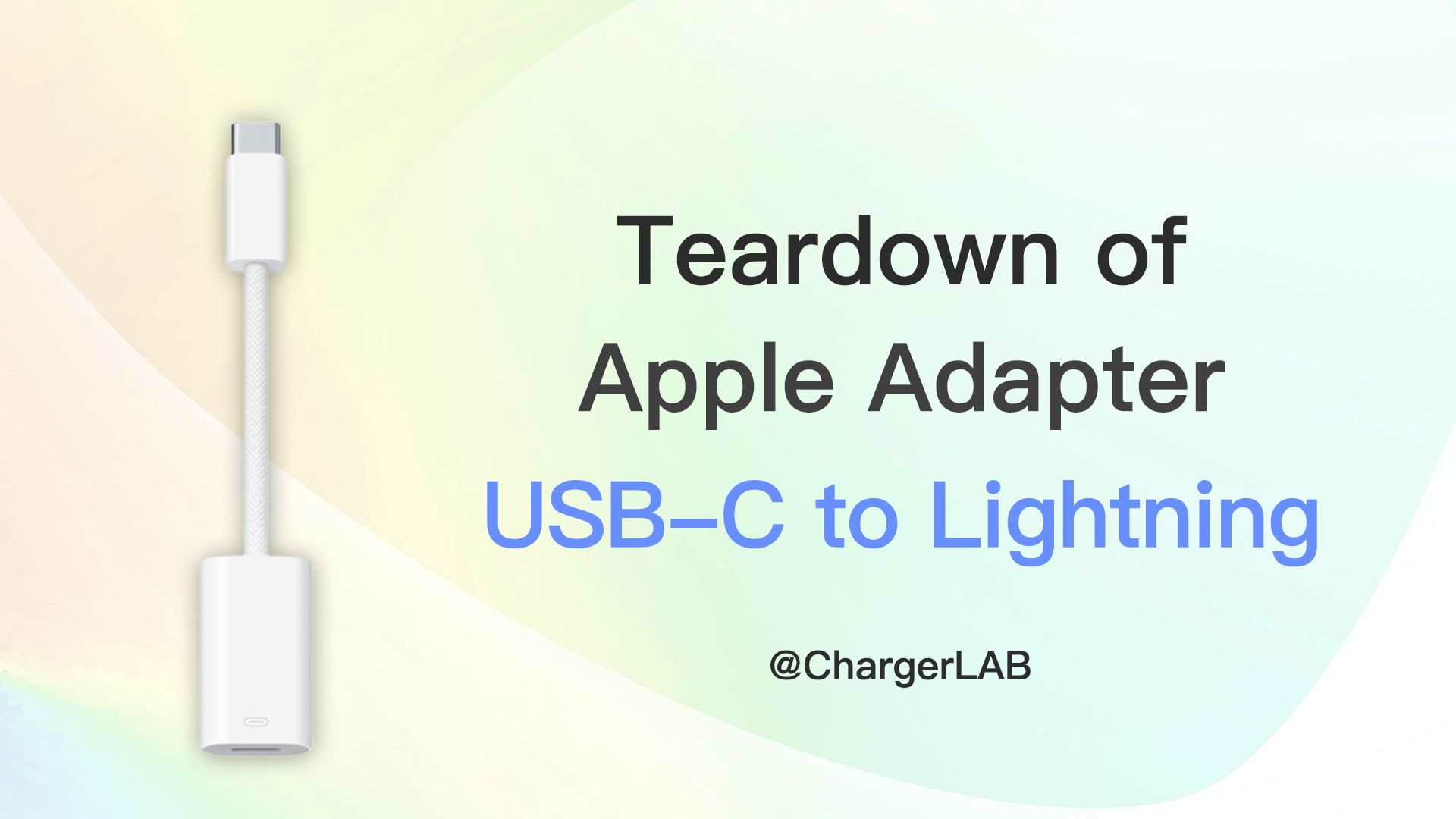Introduction
On the evening of September 25, Xiaomi officially unveiled its new Xiaomi 17 Series smartphones. Among them, the Xiaomi 17 Pro and 17 Pro Max introduce an innovative secondary back display design. To make this secondary display more interactive, Xiaomi developed a Retro Handheld Console Case, which transforms the phone’s back screen into a mini game console, allowing users to enjoy classic games on the go.
The case features a soft, skin-friendly finish with a fine texture, and its built-in control buttons and power key replicate the classic handheld layout. Once attached, it connects to the phone via Bluetooth automatically—no extra setup required. There are no ads or interruptions, ensuring a smooth and focused gaming experience. Preinstalled with four licensed titles—Angry Birds 2, Aircraft Wars, Furry Dash, and Classic Snake—the case provides a fun way to pass the time during commutes or travel. Let’s take a closer look at the internal design of this unique accessory.
Product Appearance

The front of the packaging features the Xiaomi logo, the product name, and a product image.
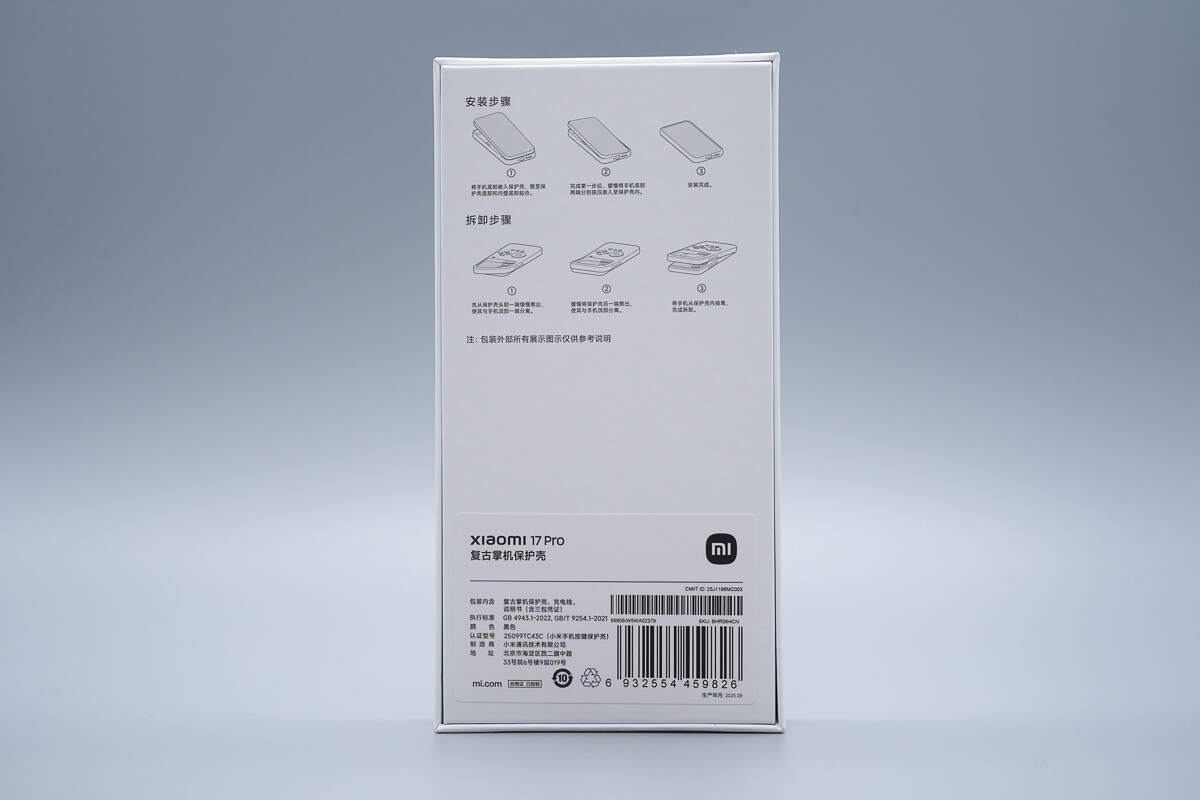
The back of the packaging shows installation and removal diagrams, along with an information label.

Inside the box are the Xiaomi Retro Handheld Console Case, a charging cable, and a user manual.
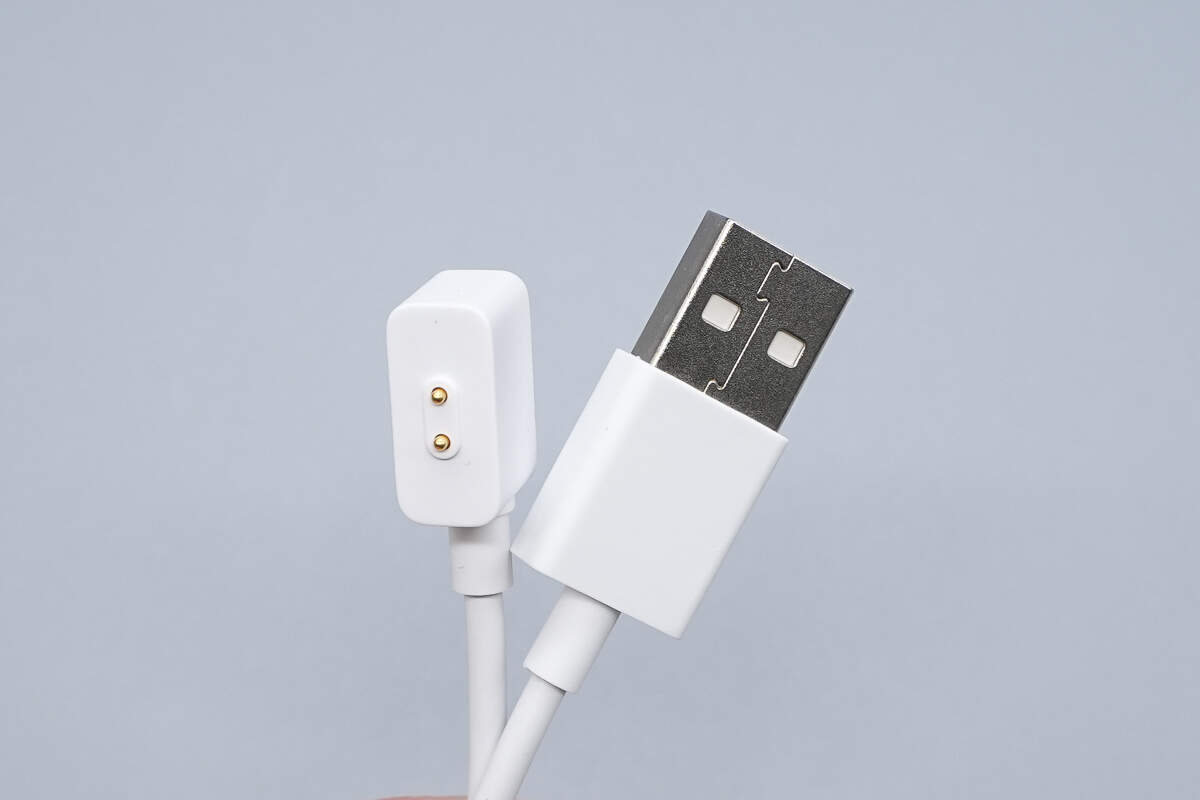
The included charging cable has a USB-A connector on one end and a magnetic terminal on the other.
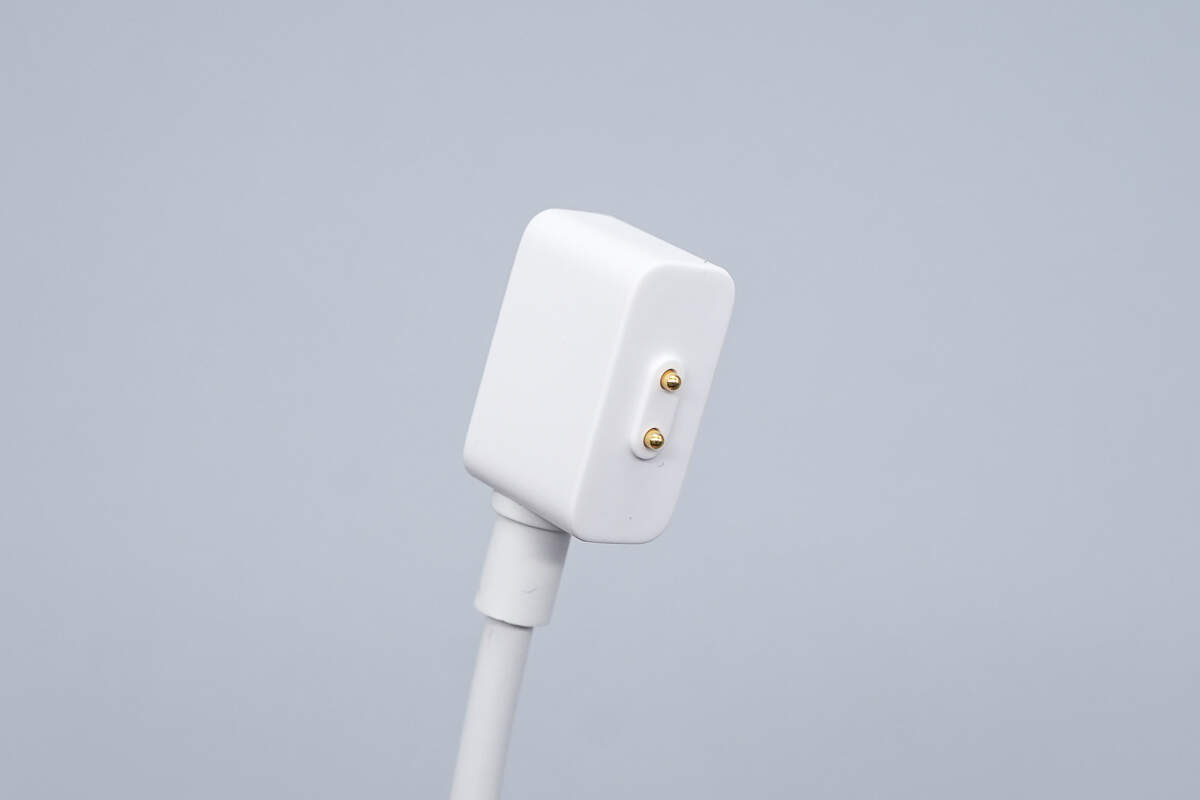
The magnetic terminal features two charging contact points.
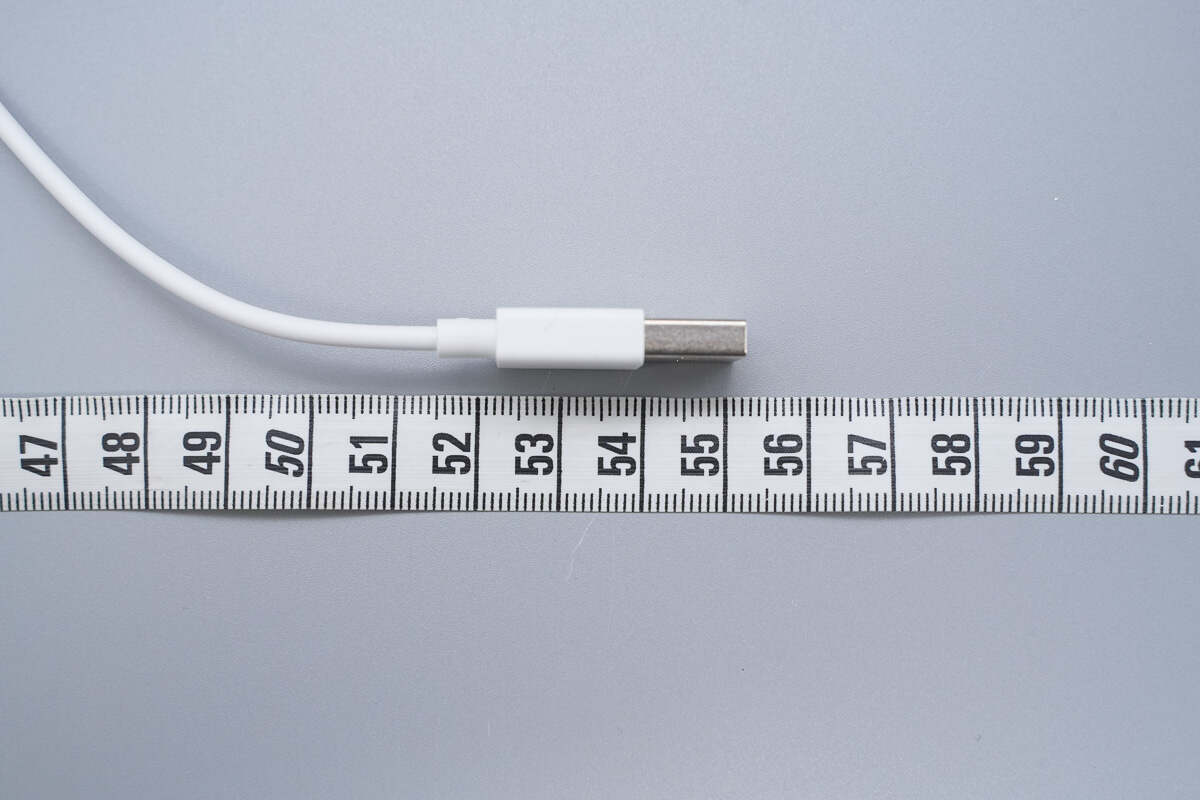
The length of the cable is about 55 cm (21.65 inches).
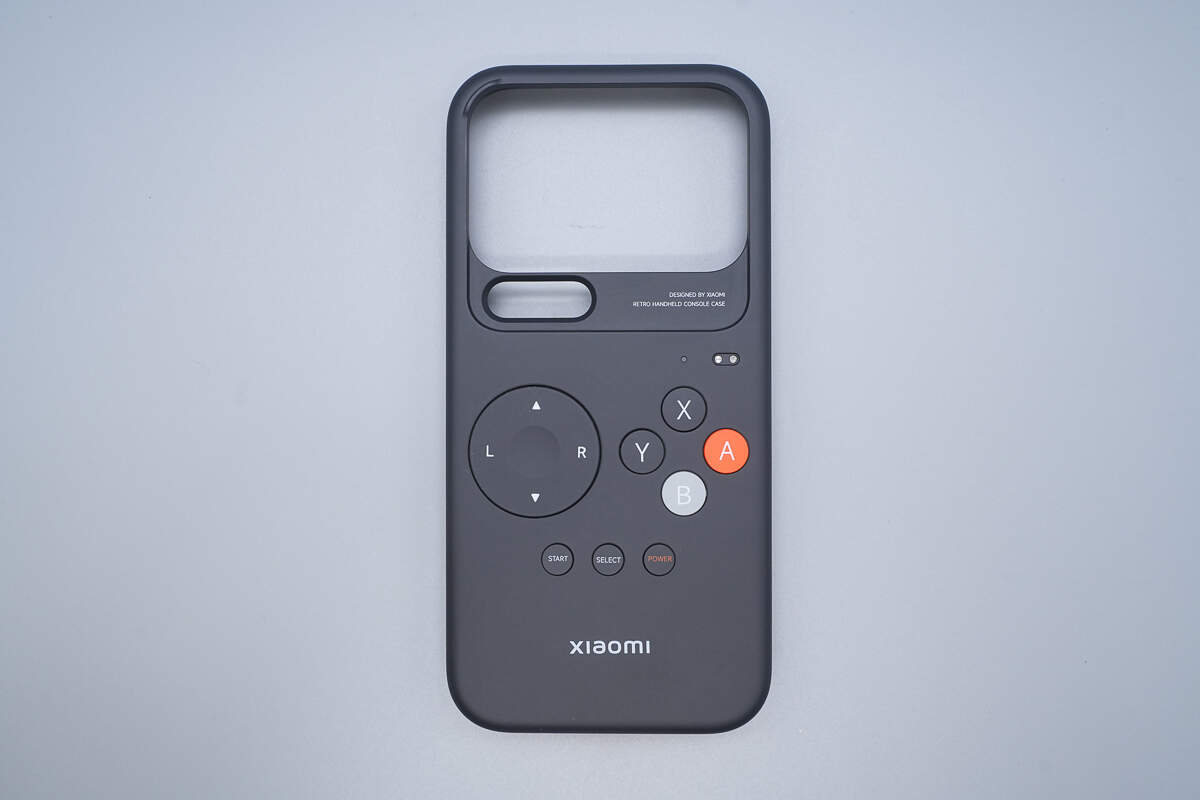
The case is made of PC and TPU with a skin-friendly finish, offering a smooth and refined touch.
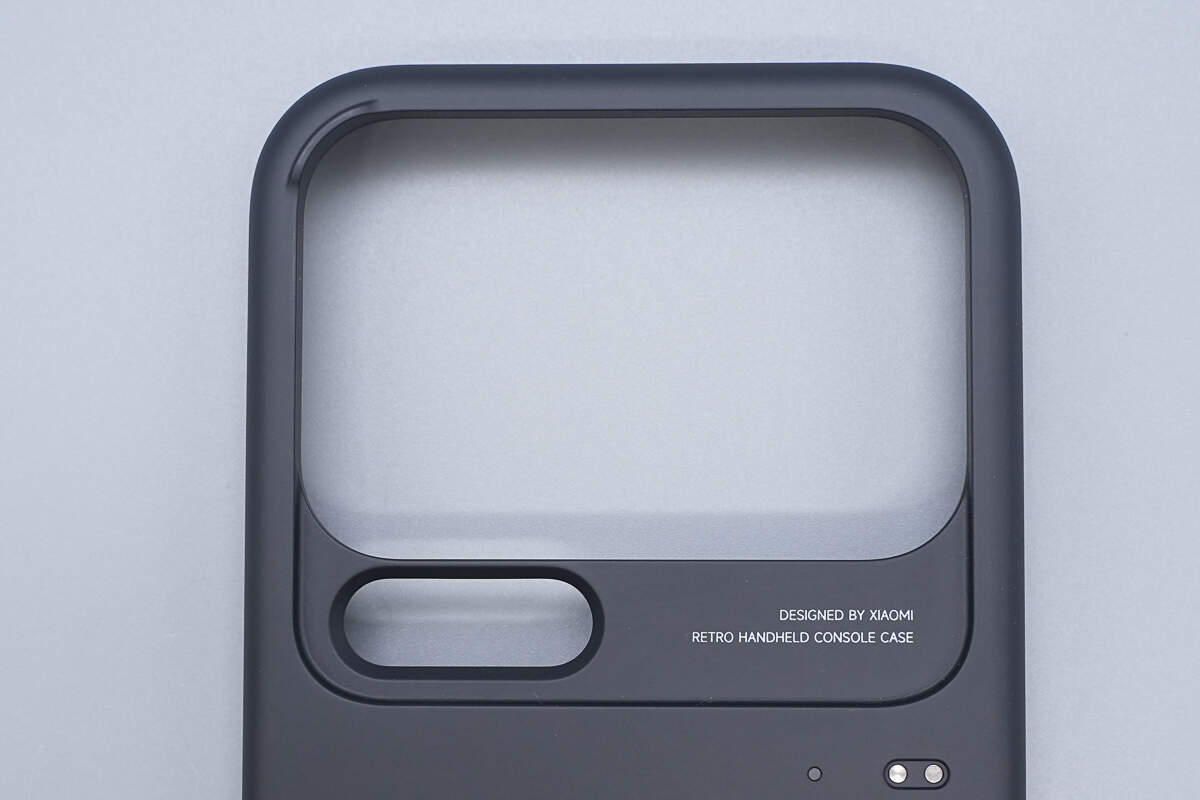
At the top, there is a cutout designed to fit the rear display.

This corner is slightly raised to provides extra protection.
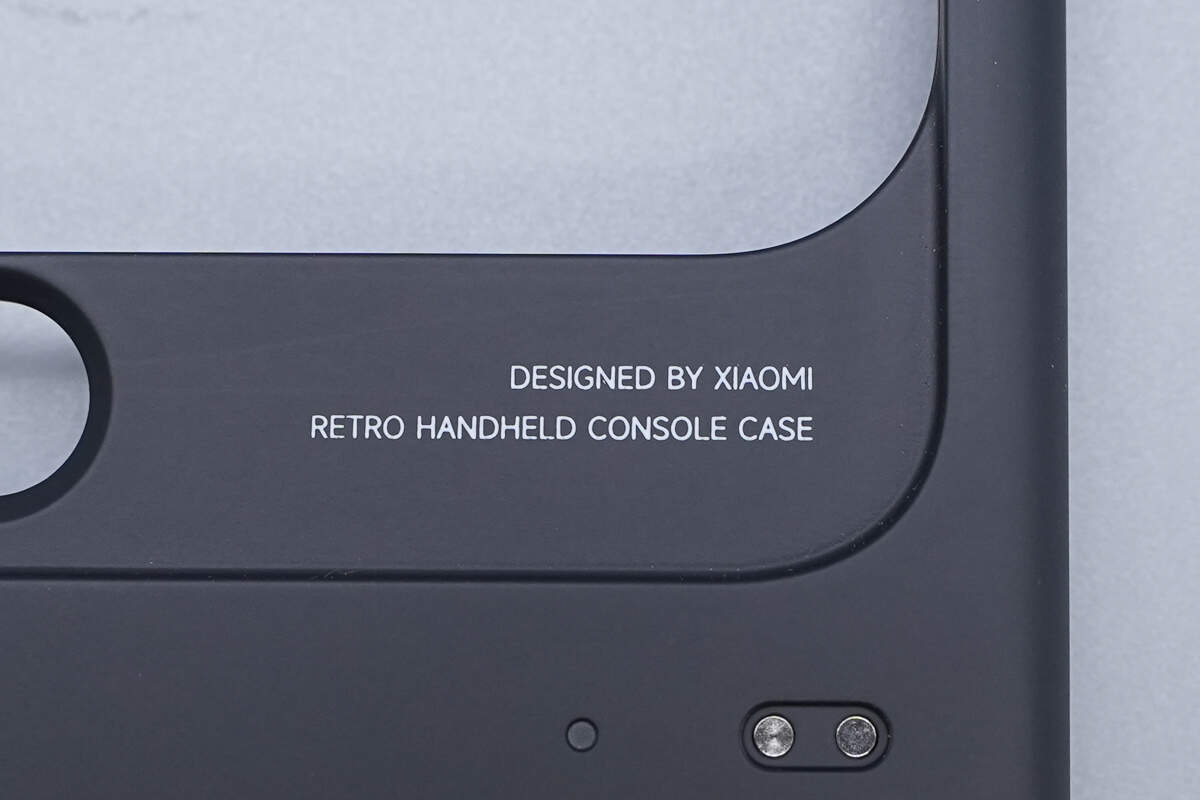
It is printed with “DESIGNED BY XIAOMI” and “RETRO HANDHELD CONSOLE CASE.”
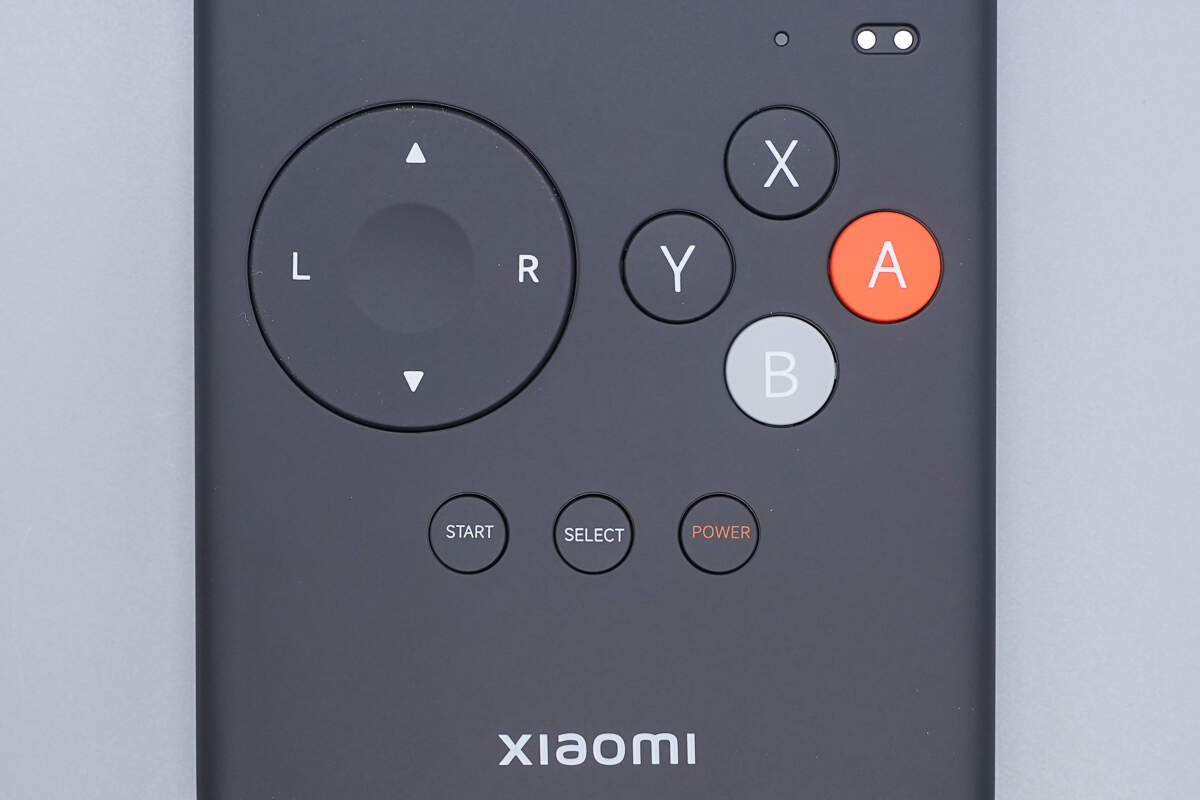
The control buttons in the center replicate the classic handheld console layout.
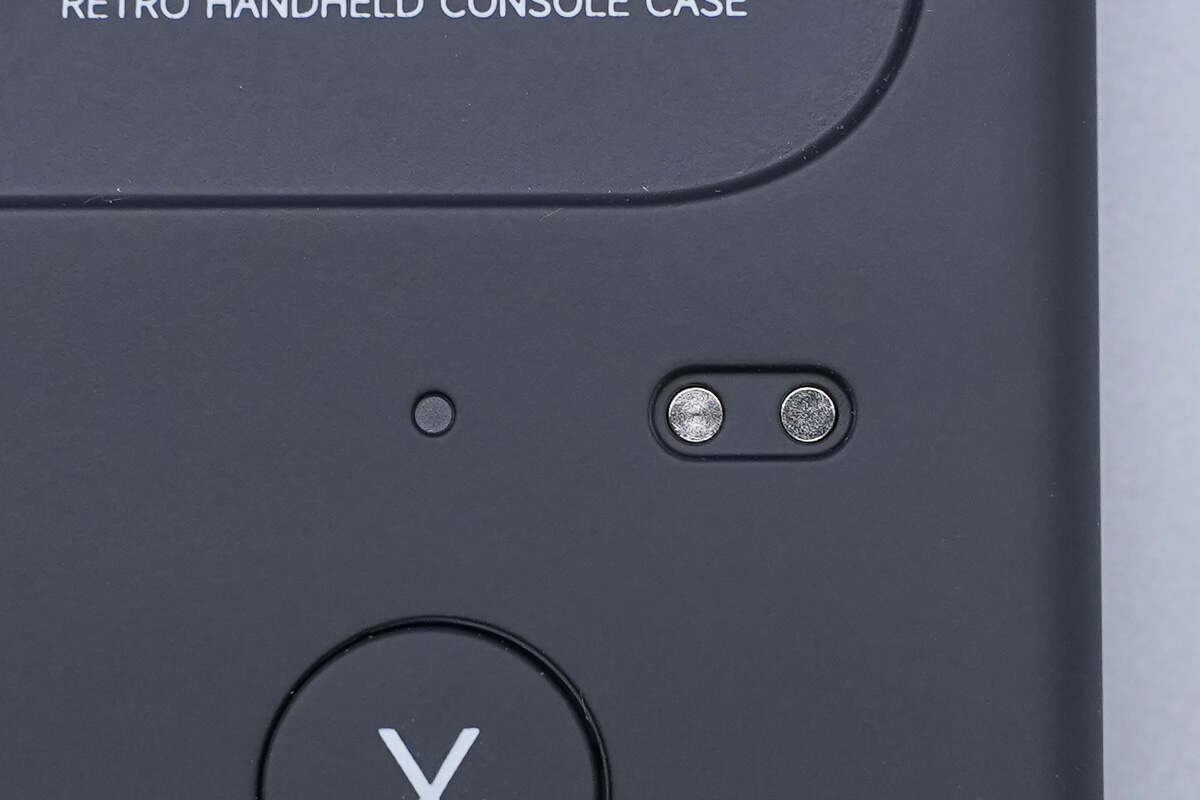
The magnetic charging port and status indicator light are located in the upper-right corner.

This side houses the power and volume button.
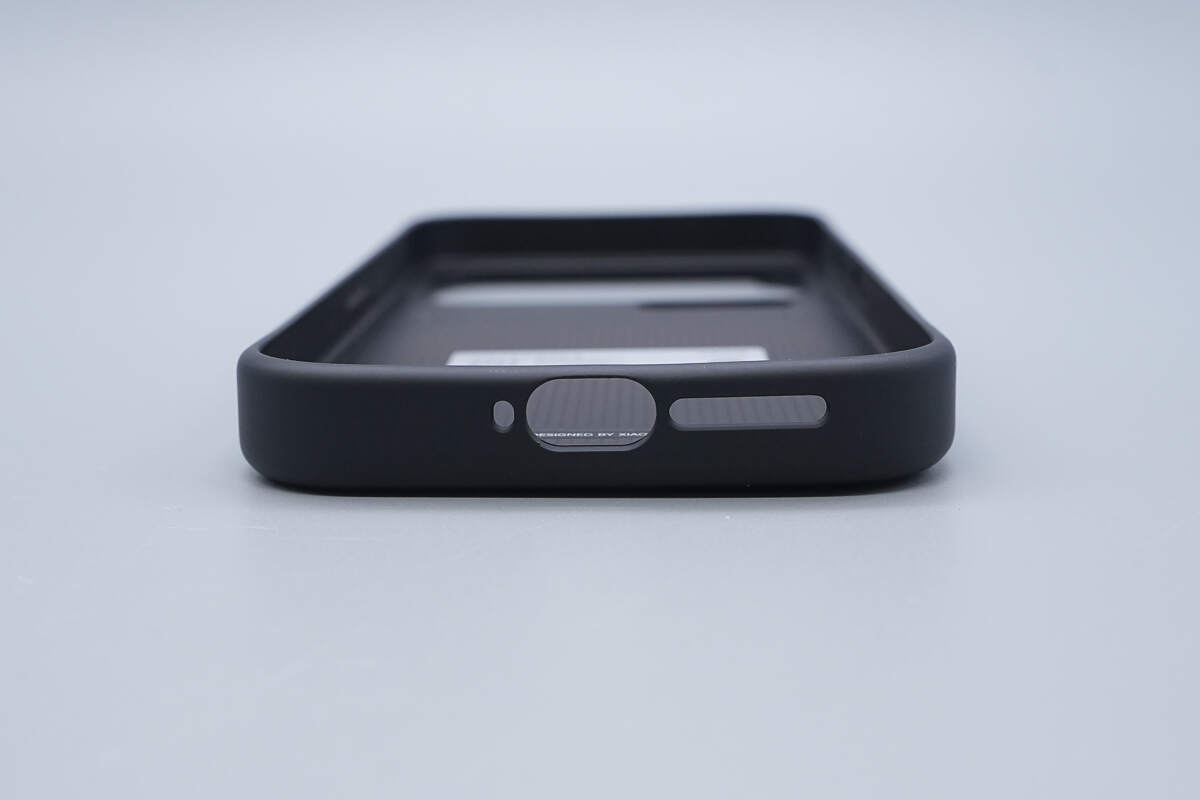
The bottom features cutouts for the USB-C port, microphone, and speaker.
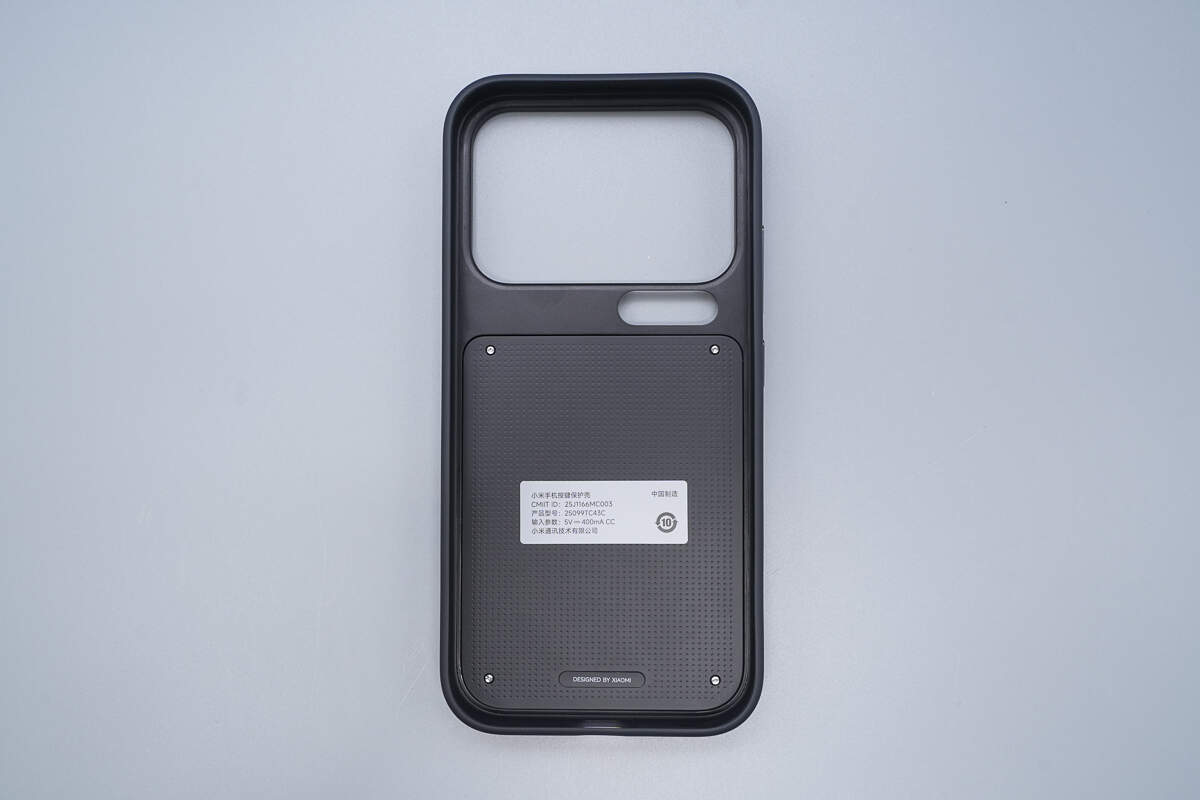
Inside the case, there is a removable cover secured by screws at all four corners.
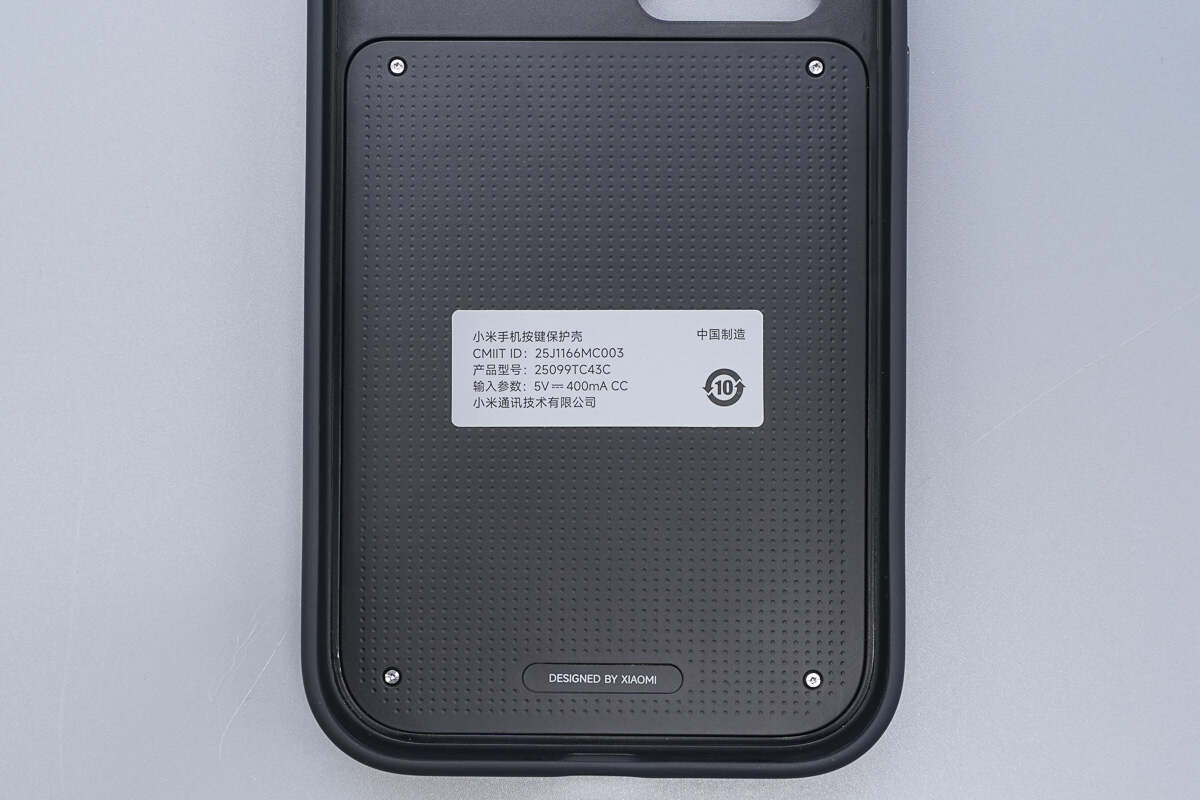
An information label is attached at the center of the cover.
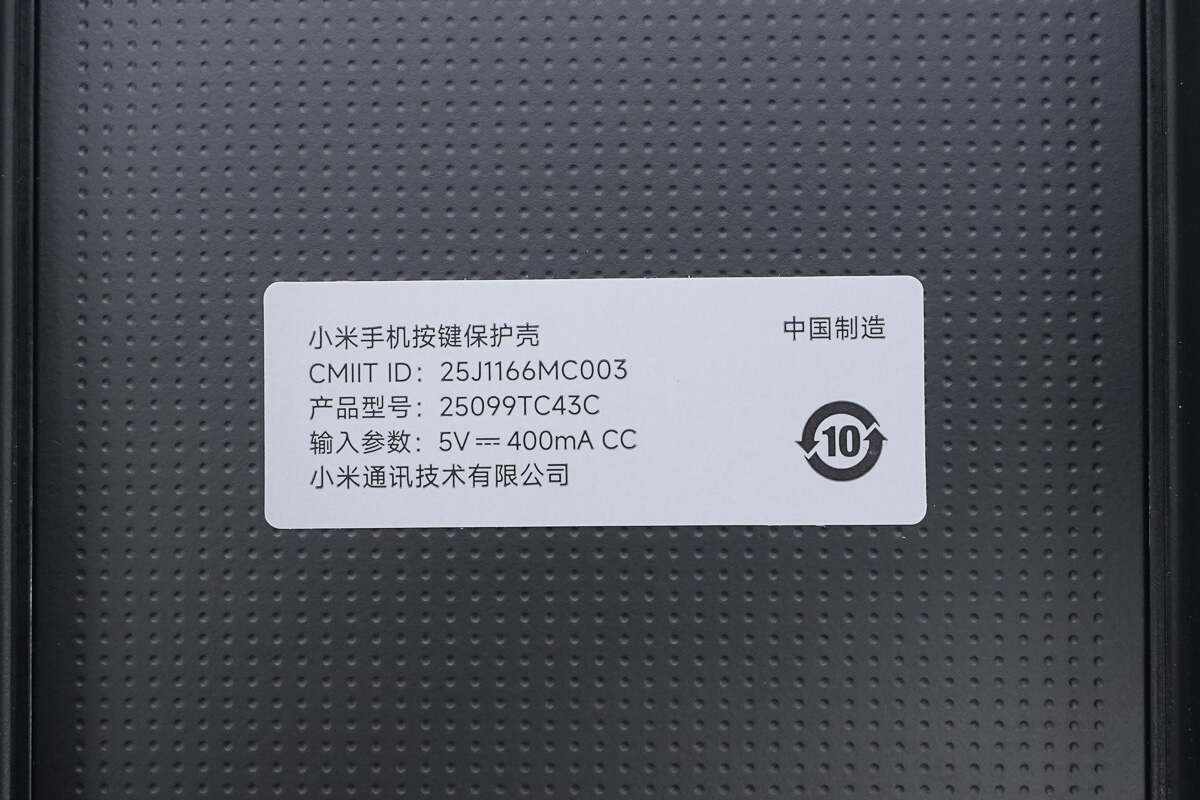
The model number is 25099TC43C, with an input rating of 5V 400mA.
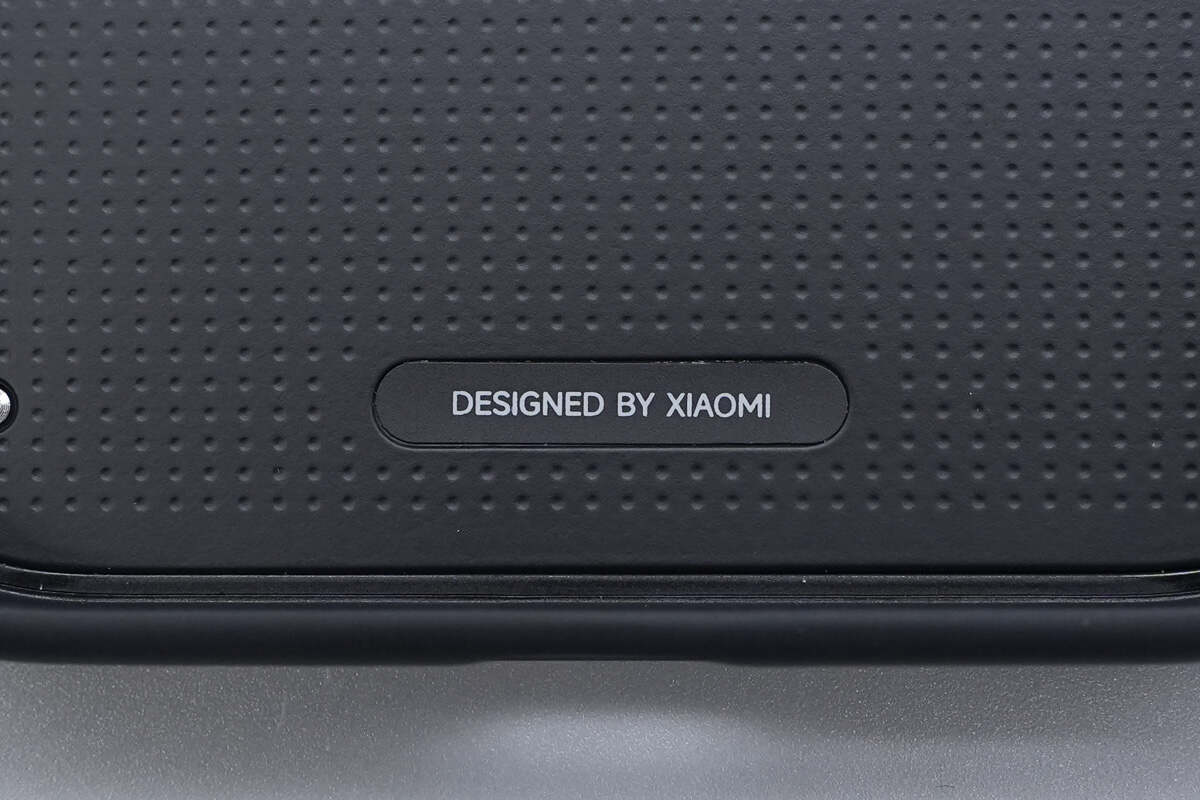
“DESIGNED BY XIAOMI” is printed at the bottom.
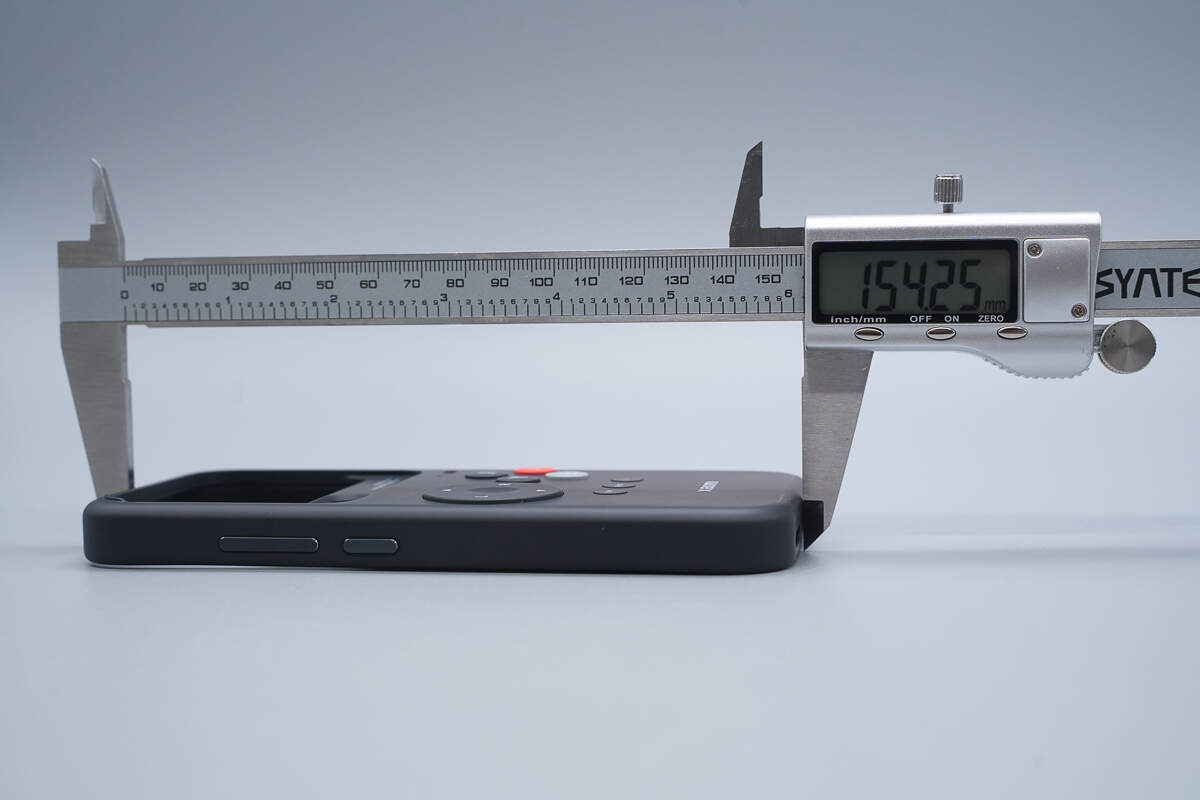
The length of the case is about 154.25 mm (6.073 inches).

The width is about 75.06 mm (2.96 inches).
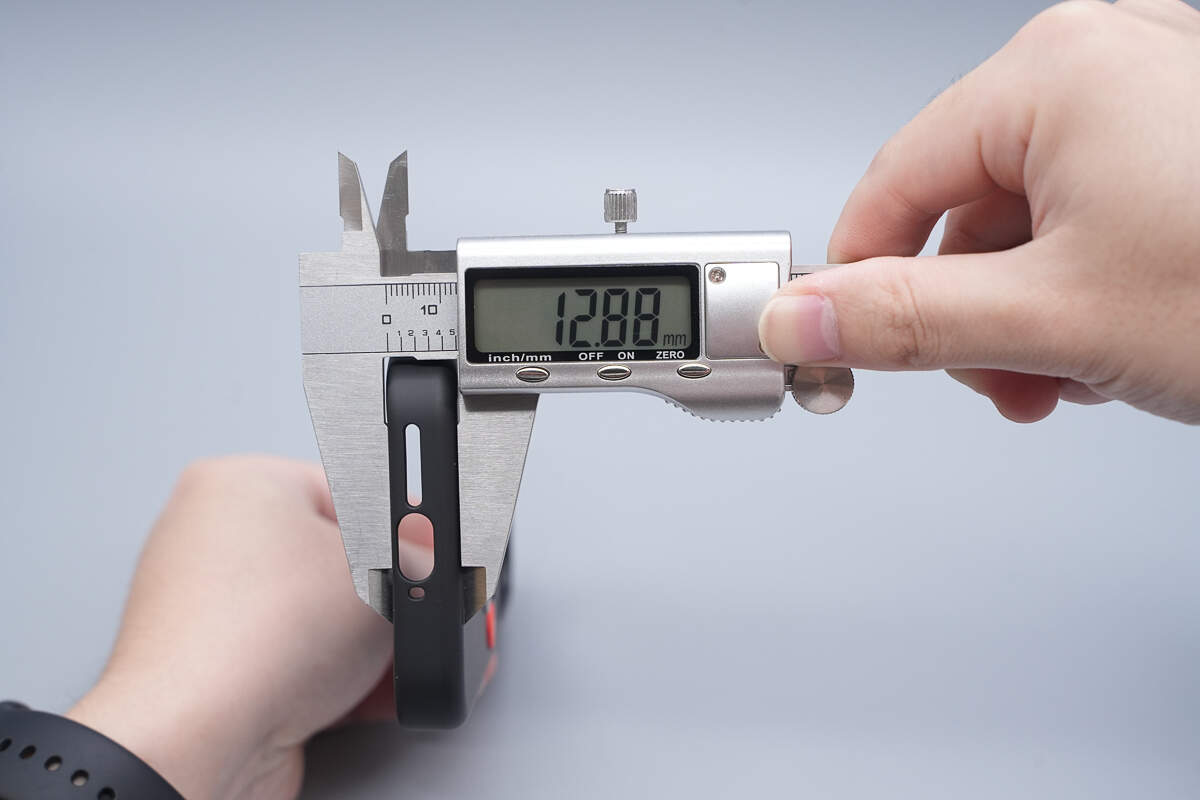
The thickness is about 12.88 mm (0.51 inches).
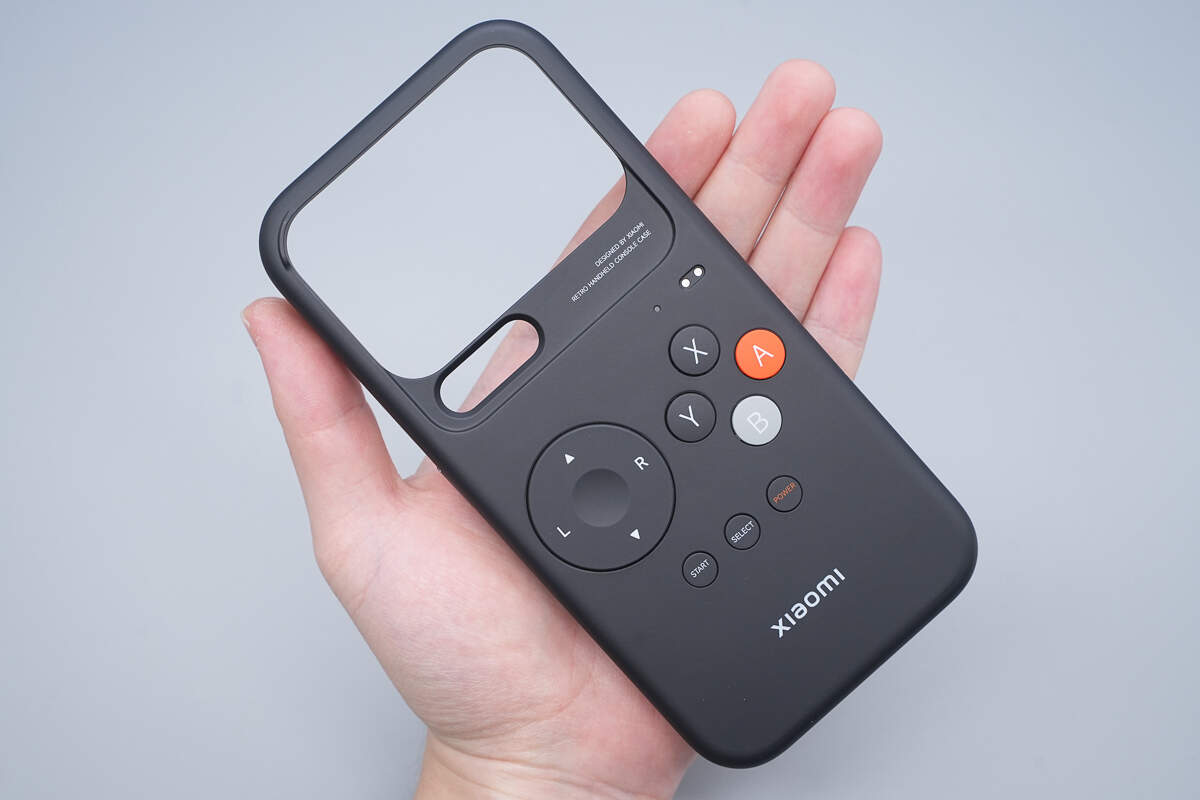
That's how big it is in the hand.

The weight is about 44 g (1.55 oz).
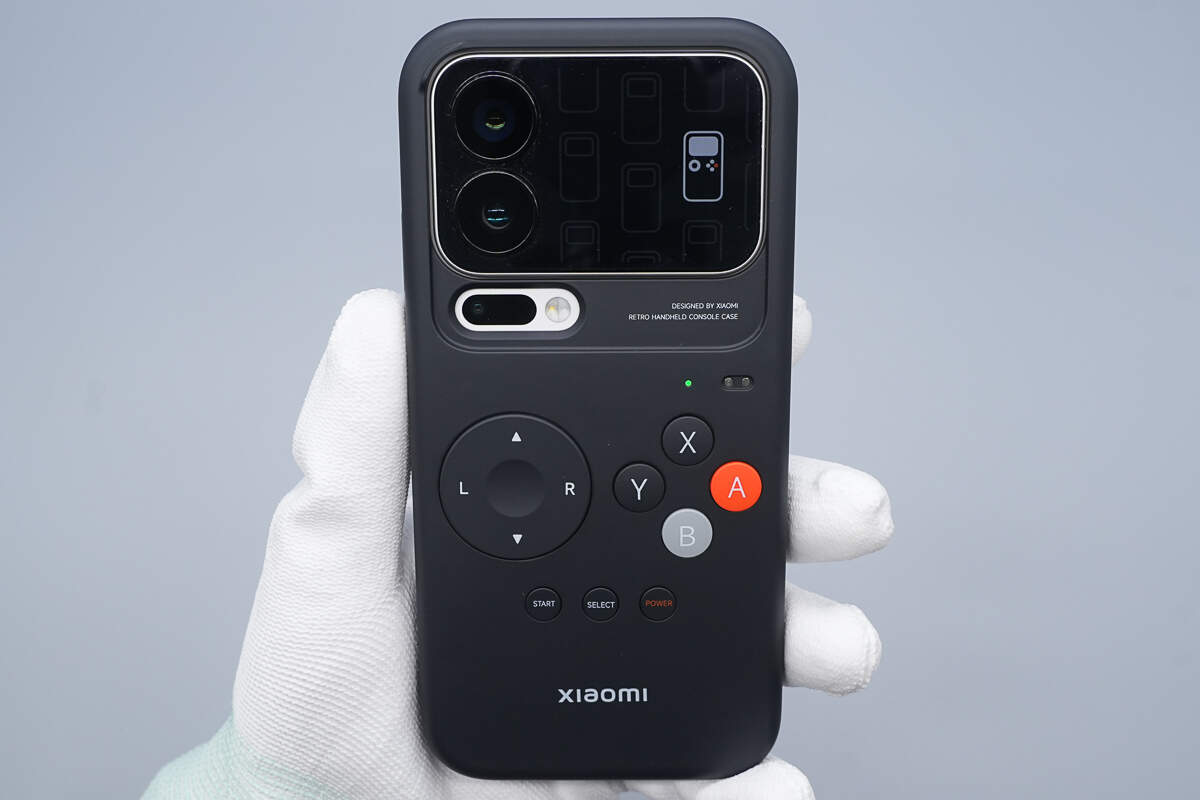
Once the case is installed, long-pressing the power button turns it on and automatically connects to Bluetooth, with no complex setup required.
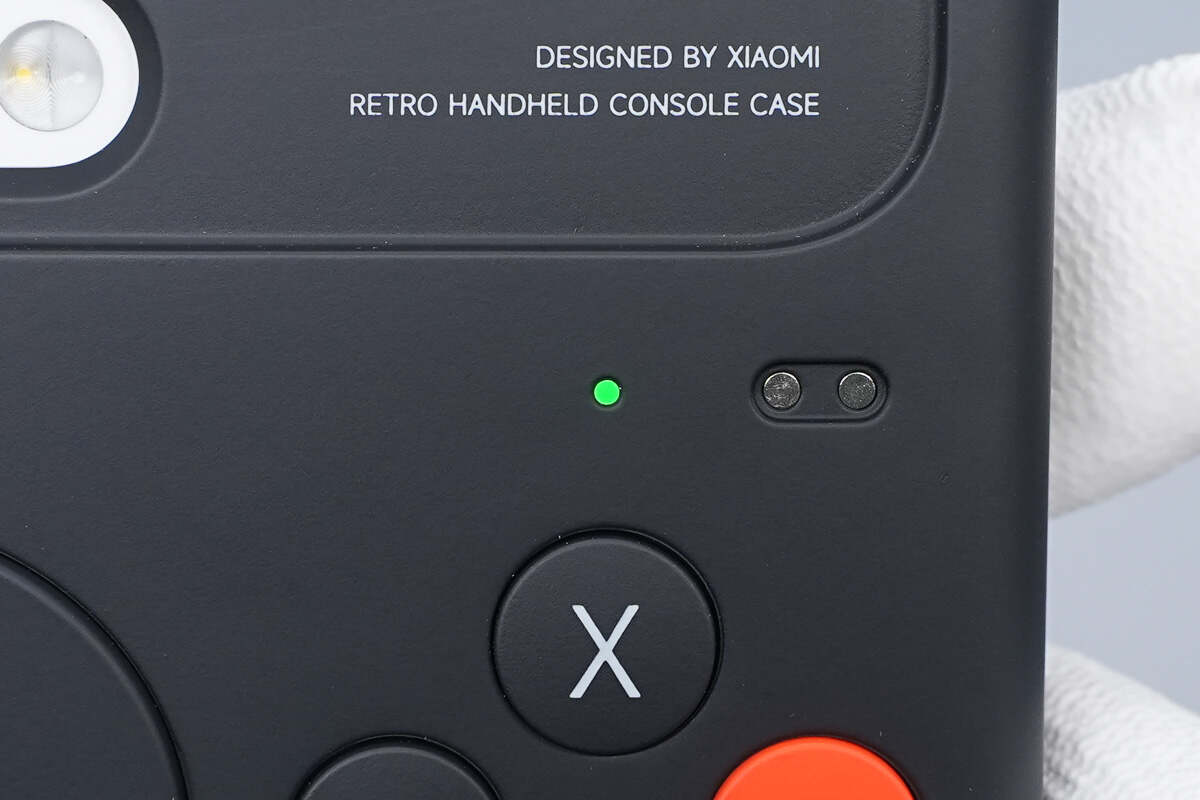
When the battery level is sufficient (above 20%), the indicator light stays solid green.
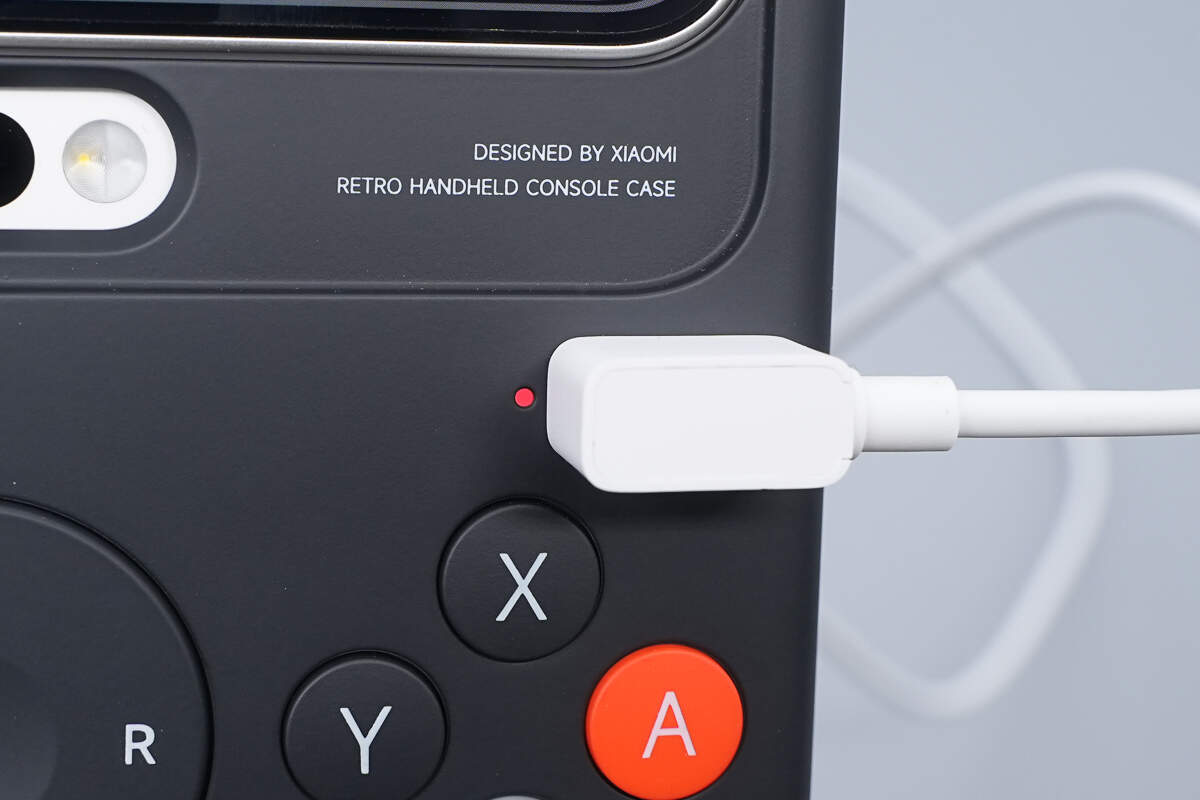
During charging, the indicator light stays solid red, and it turns solid green once fully charged.

The product comes preloaded with four licensed games: Angry Birds 2, Aircraft Wars, Furry Dash, and Classic Snake.
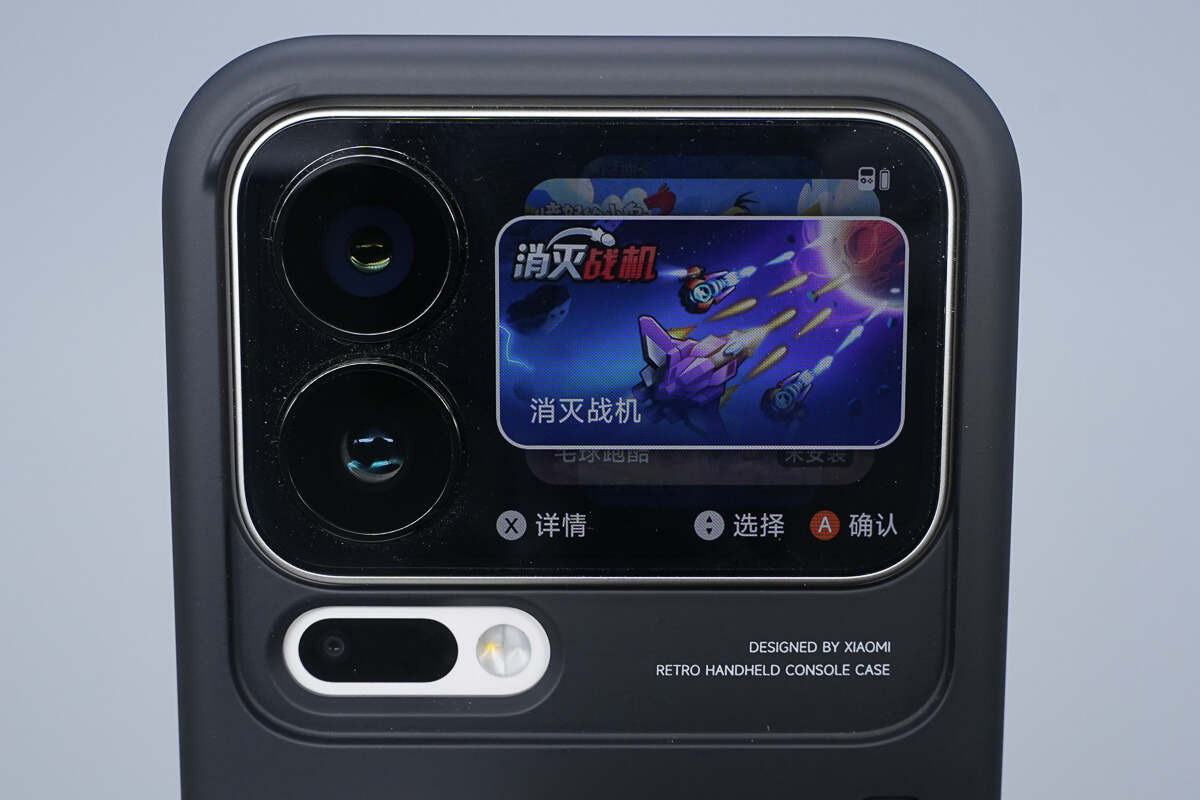
Games can be switched and played using the buttons on the case.
Teardown
Next, let's take it apart to see its internal components and structure.
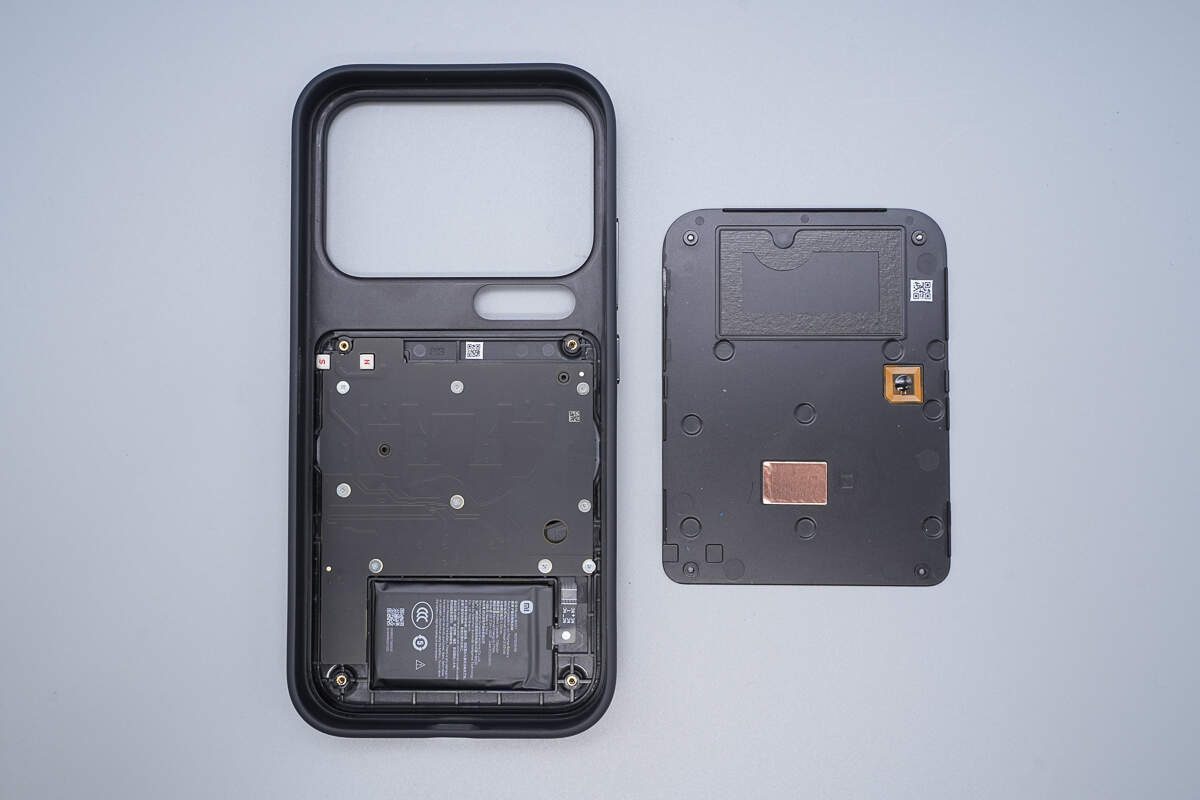
Remove the screws and open the inner cover.

A protective foam ring is attached to the inner side of the cover corresponding to the battery area.

An NFC antenna is attached nearby.

A layer of copper foil is applied here.
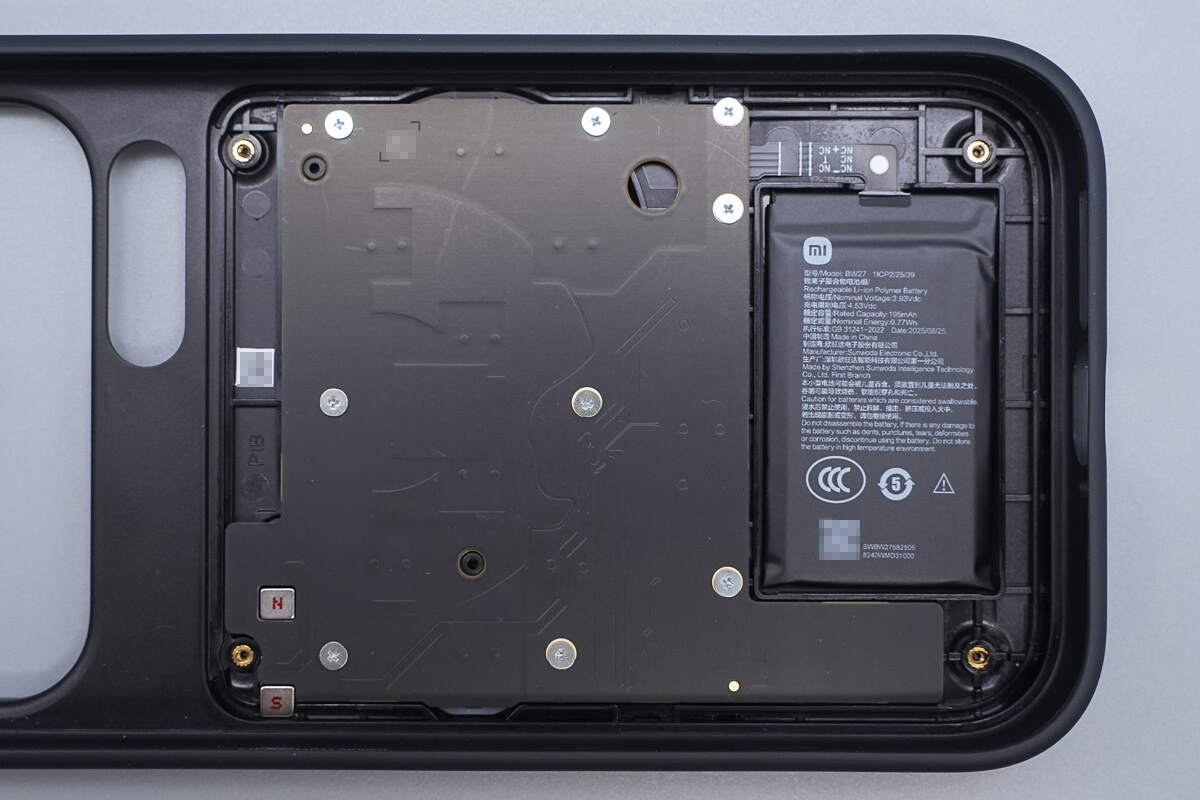
The PCB is secured with screws.

Small magnets are located at the corners, labeled S and N to indicate their polarity.
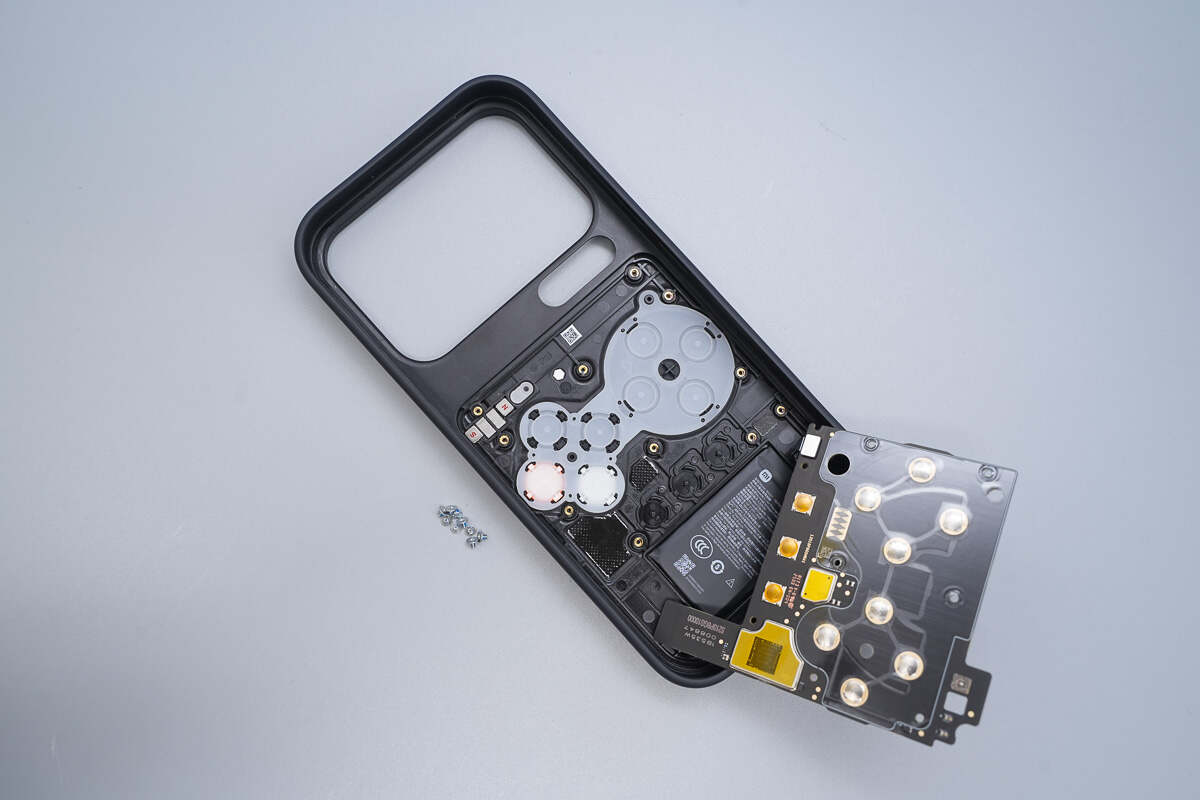
Remove the screws to take out the PCB.
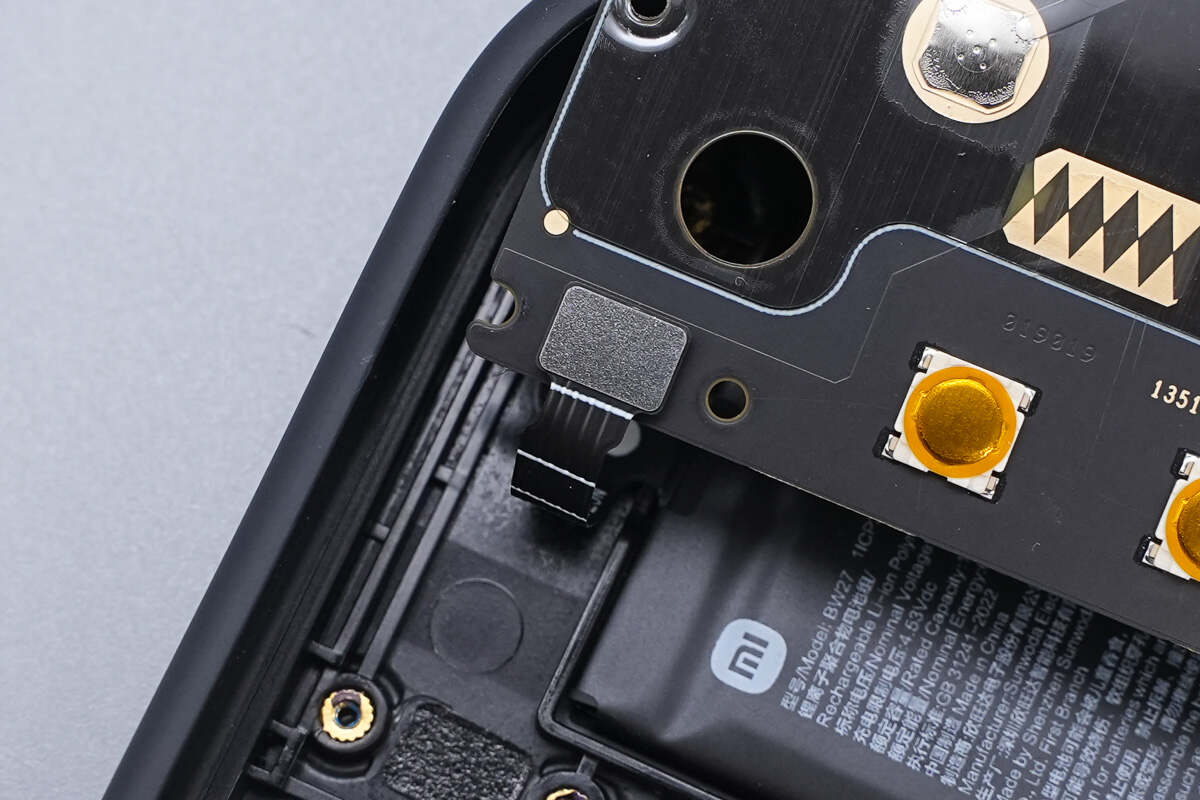
The battery flex cable is connected to the front side of the PCB.
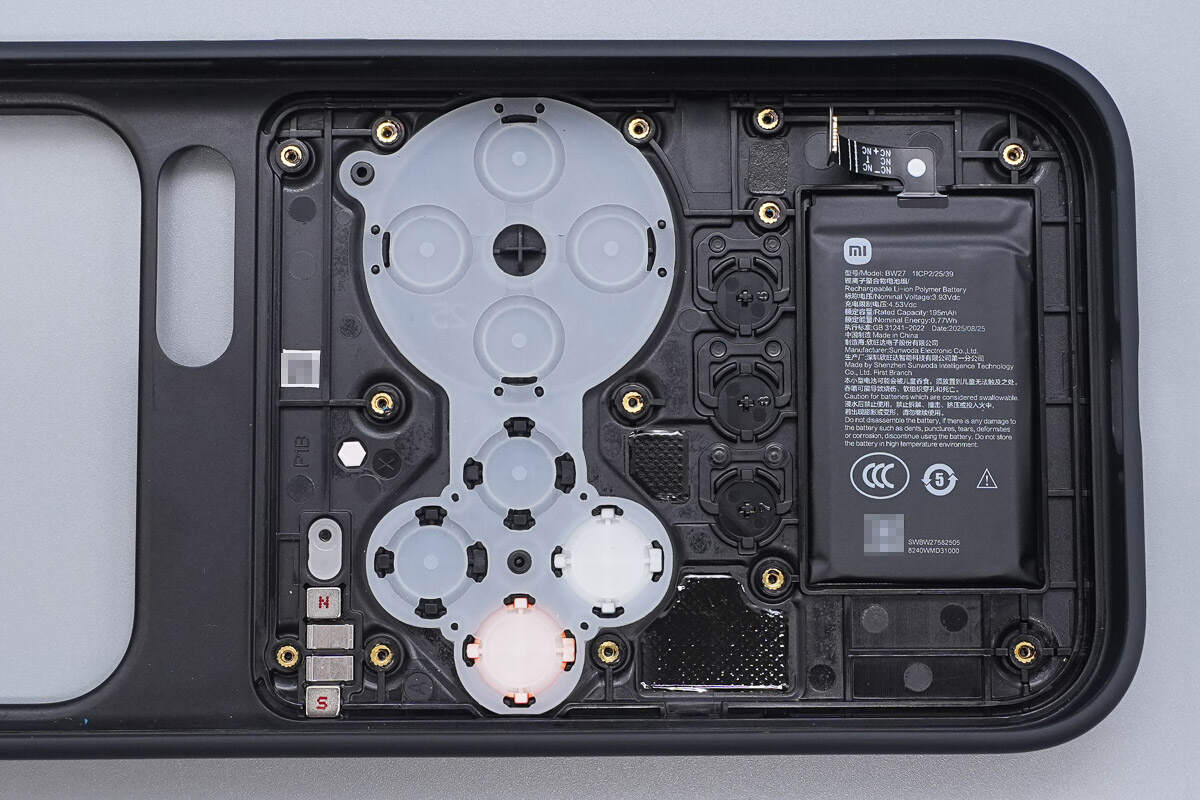
The area of the PCB is covered with a silicone pad for the buttons, and the battery is placed in the slot on the right side.

Graphite thermal pads are applied over the charging circuit and Bluetooth connection circuit.

Battery specifications:
Model: BW27
Type: Lithium-ion polymer battery
Nominal voltage: 3.93 V DC
Charging limit voltage: 4.53 V DC
Rated capacity: 195 mAh
Rated energy: 0.77 Wh
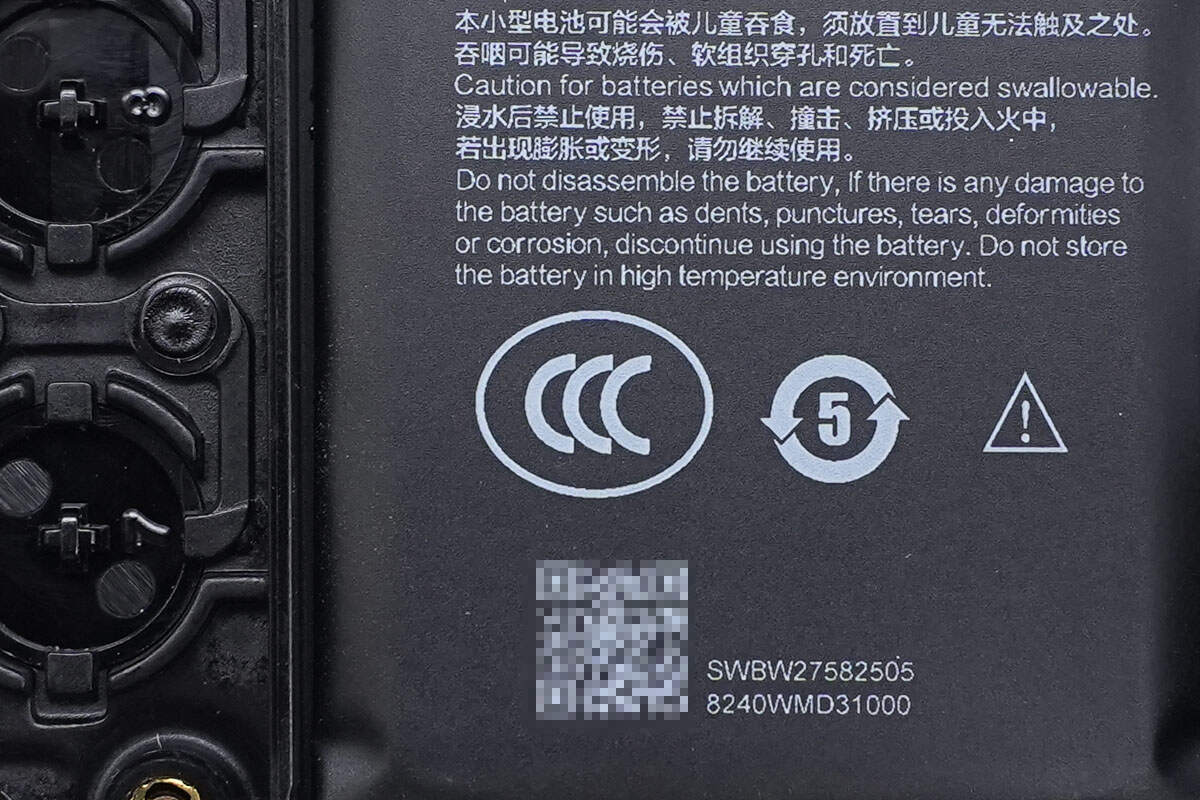
The battery has obtained CCC certification.
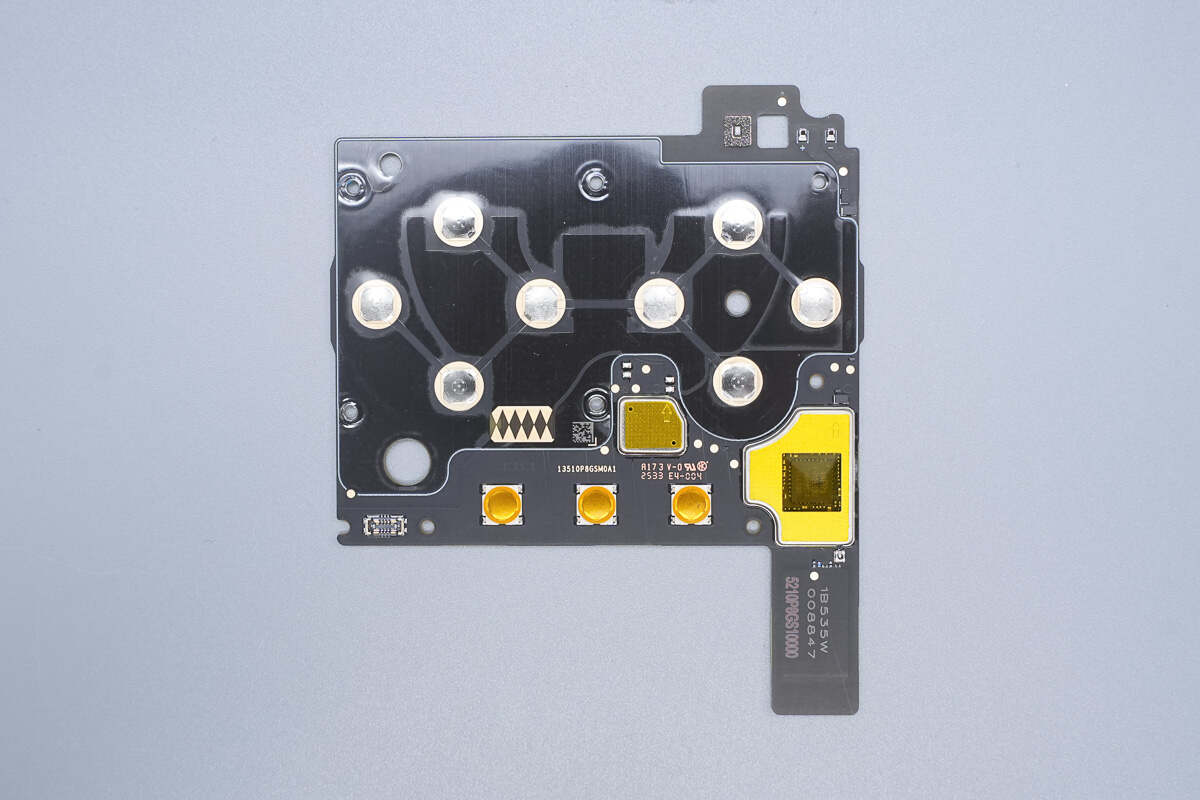
Front view of the PCB: the control button area is covered with a transparent protective film, and the charging and Bluetooth circuits below are both covered by shielding covers.

The shielding cover has a cutout corresponding to the Bluetooth SoC.

An antenna connector is located nearby.
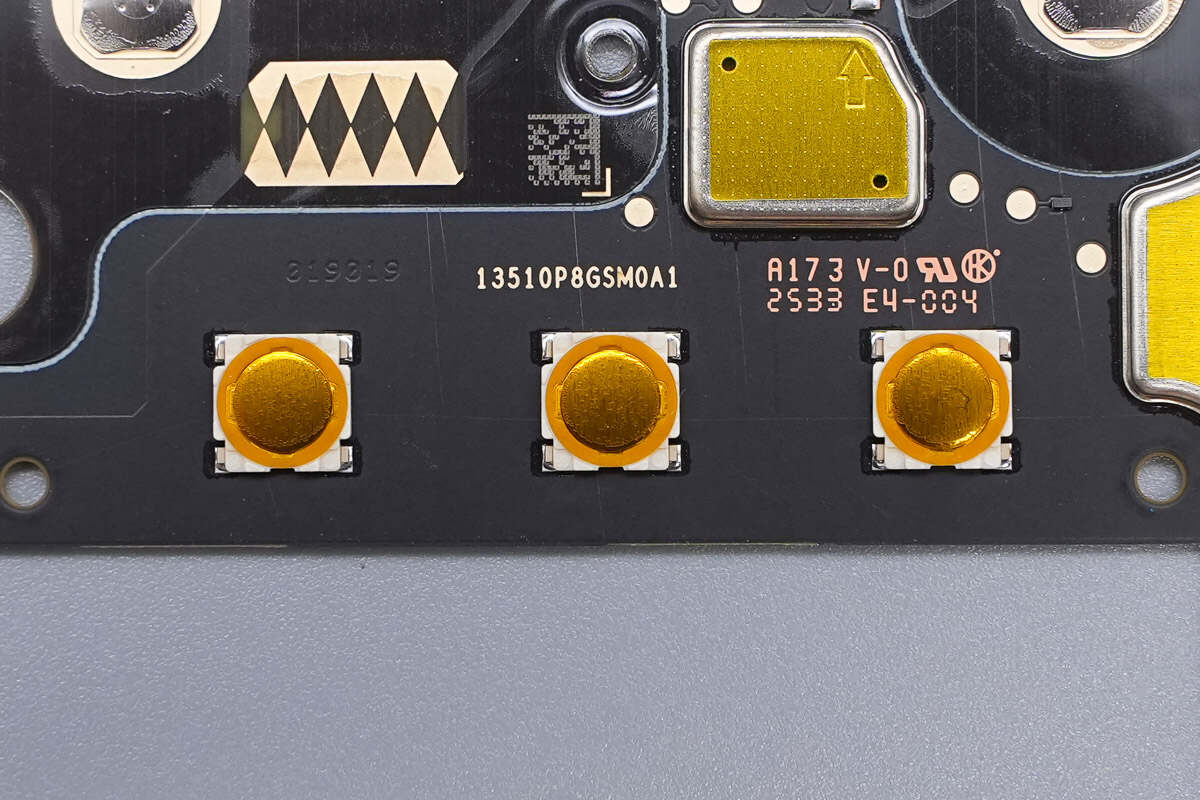
Close-up of the START, SELECT, and POWER buttons.
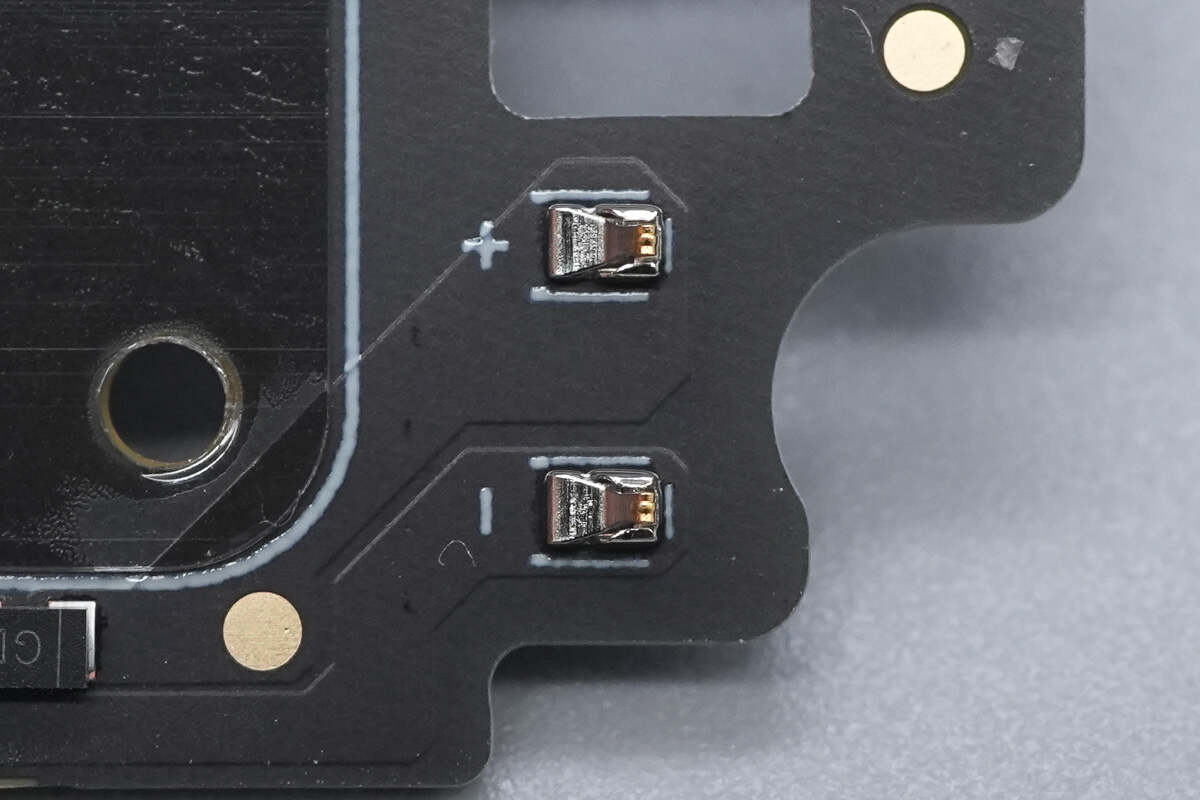
Two metal contacts are used to connect to the charging points.
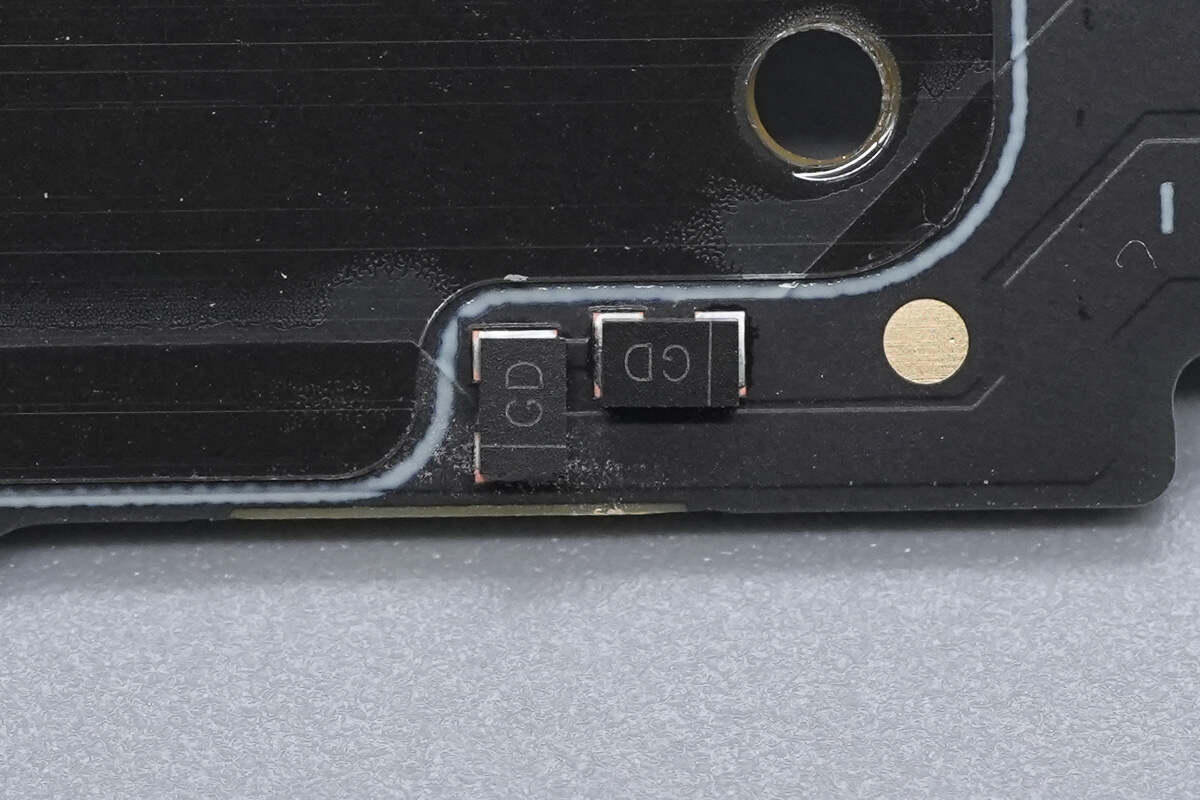
Two protection diodes marked with “GD.”
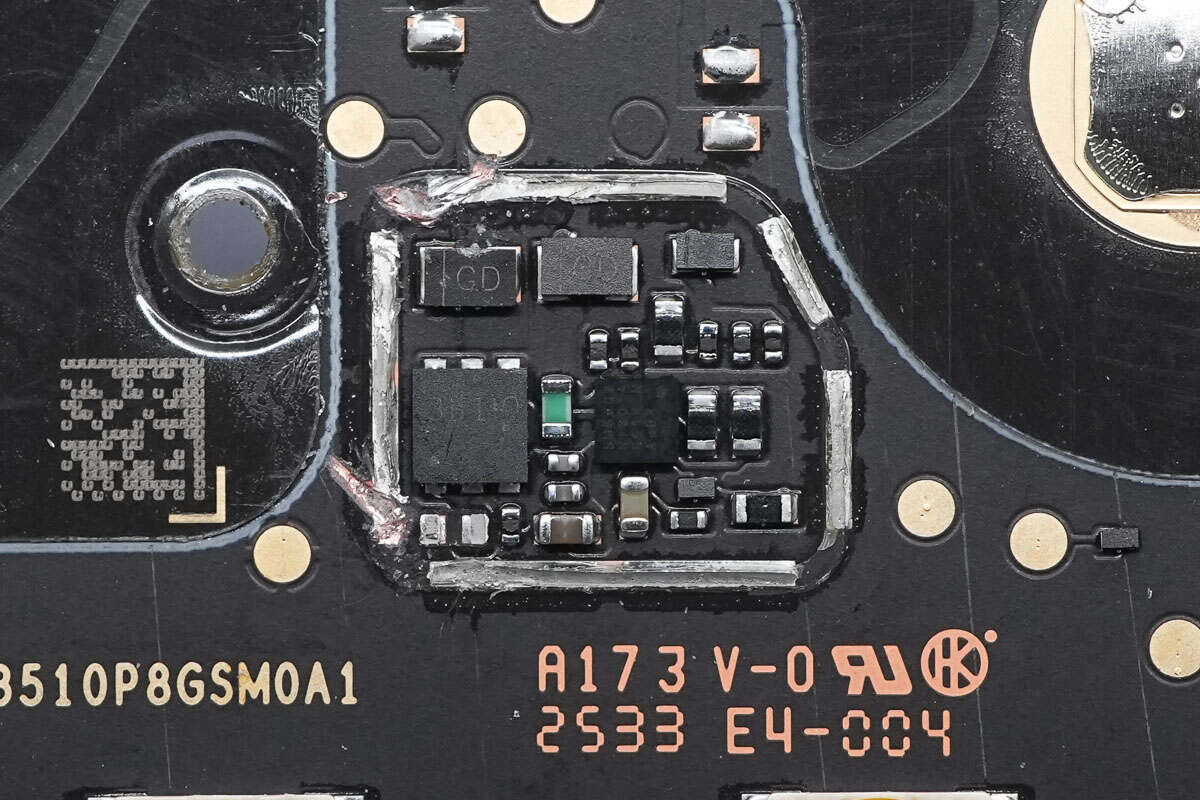
Remove the shielding cover of the charging circuit. Inside the area are components such as the battery fuel gauge, a current-sensing resistor, and a protection diode.
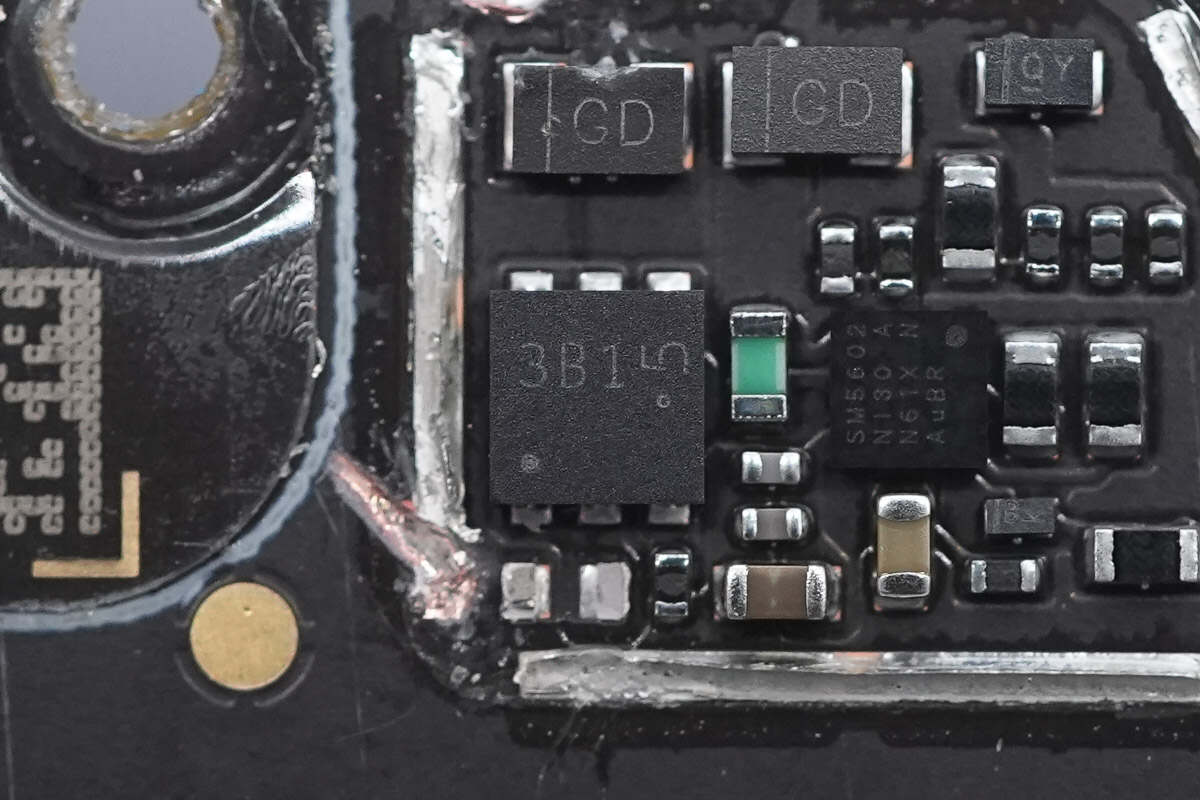
The MOSFET marked “3B1” is from LRC, model LP3418DT2AG, with a voltage rating of 30 V and housed in a DFN2020-6S package.

Close-up of the green current-sensing resistor.
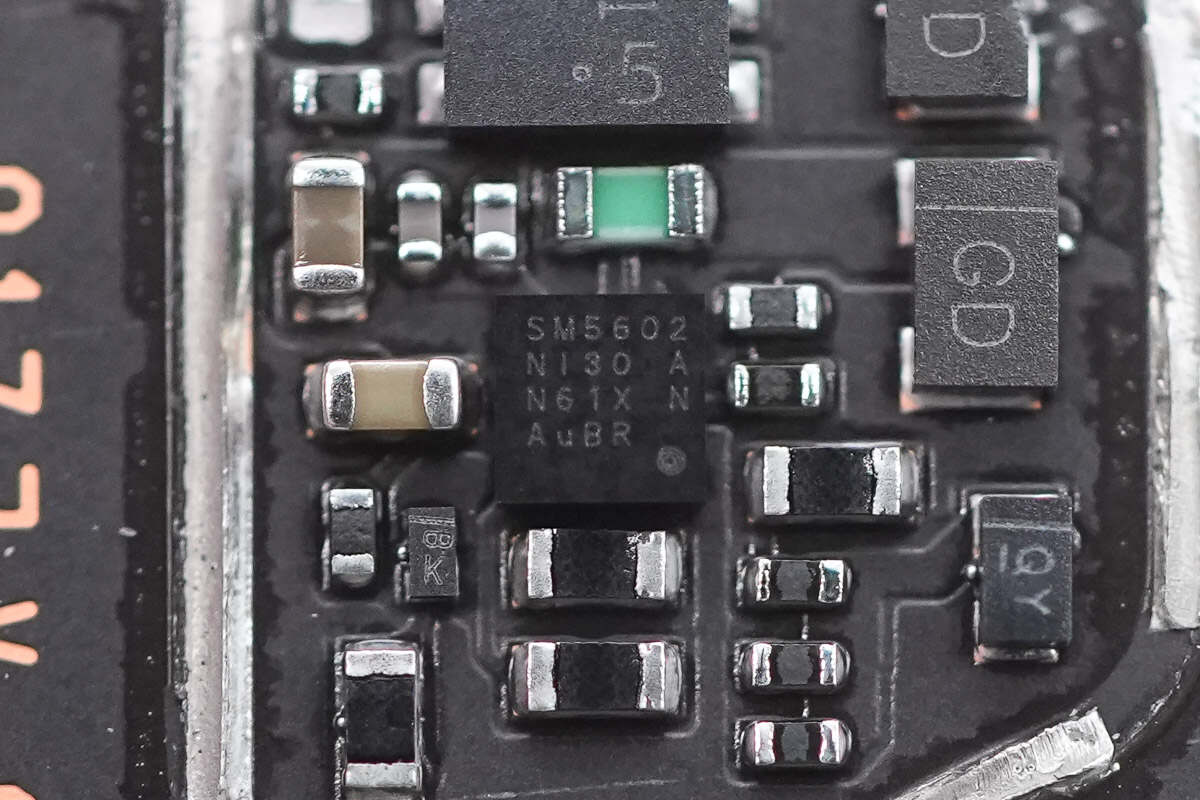
The SiliconMitus SM5602 is used for battery fuel gauging.
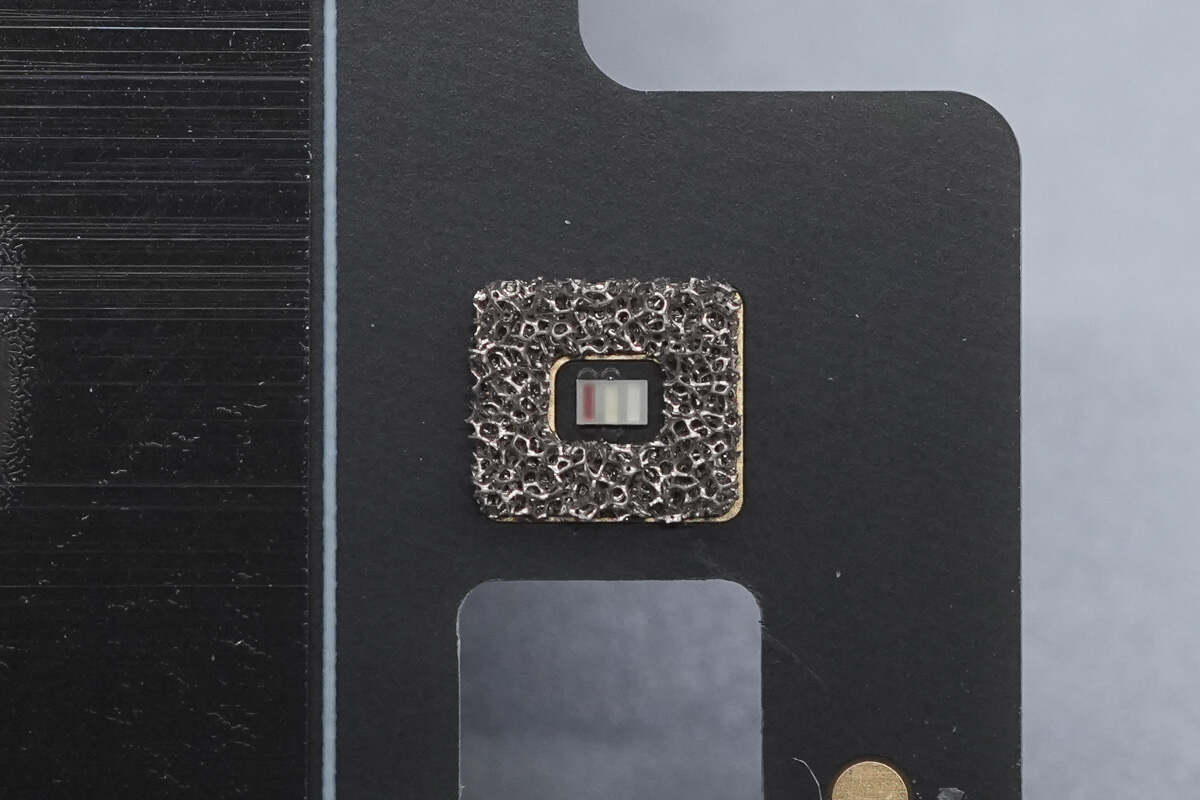
Close-up of the charging indicator light.
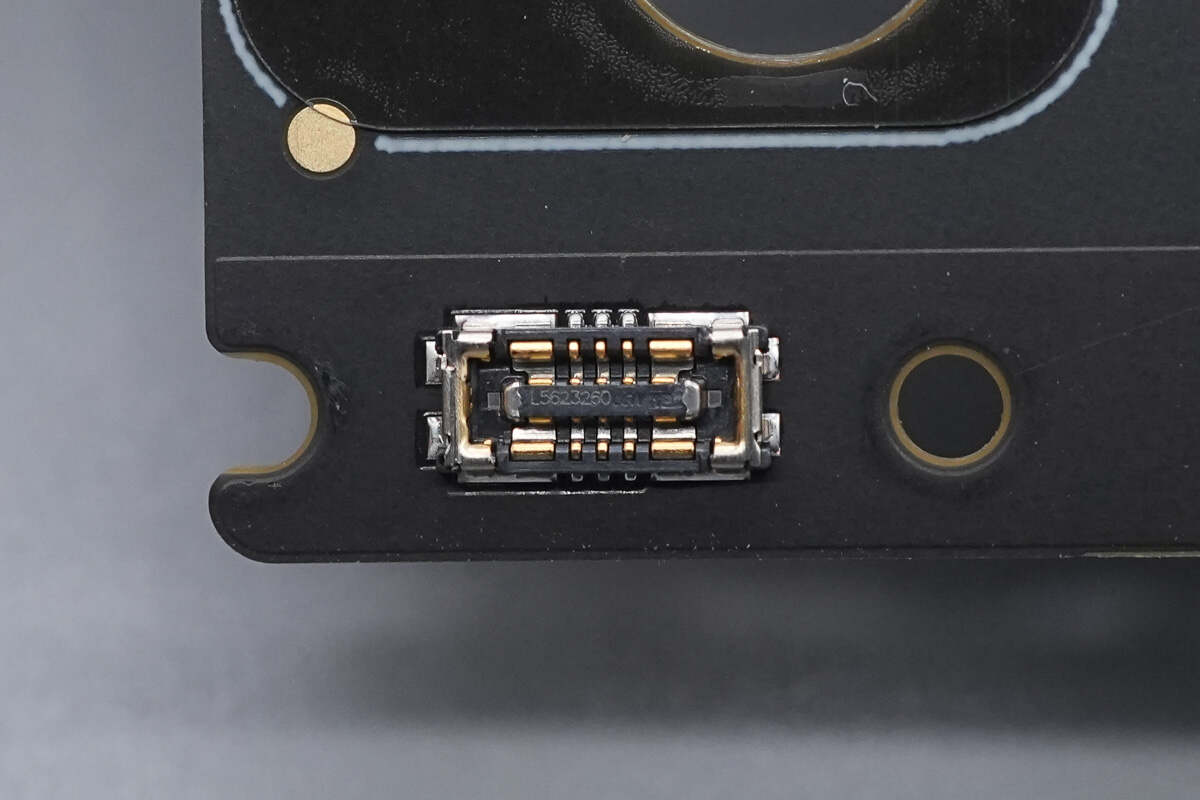
Close-up of the battery flex cable connector.

Remove the other shielding cover as well. Inside this area are the Bluetooth SoC, crystal oscillator, and other components.
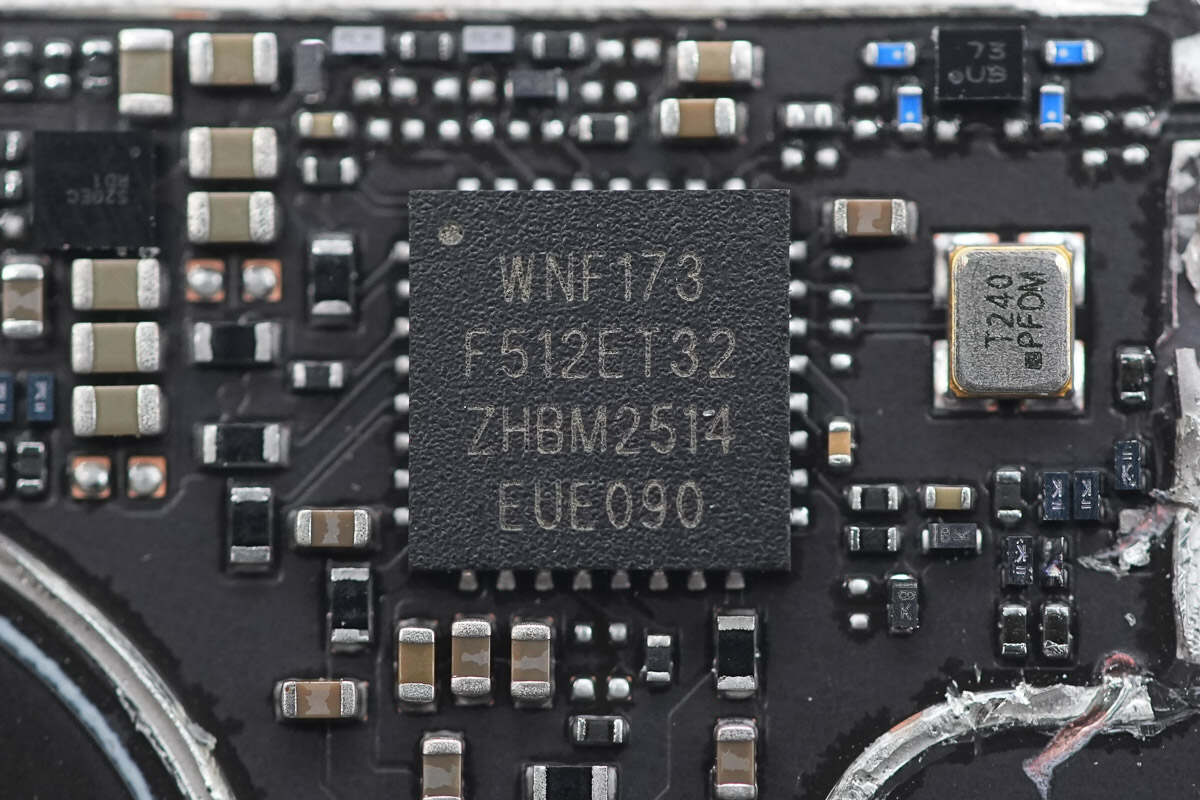
The Bluetooth SoC is from NanoSiC, model WNF173, in a QFN32 package.

Close-up of the external crystal oscillator.
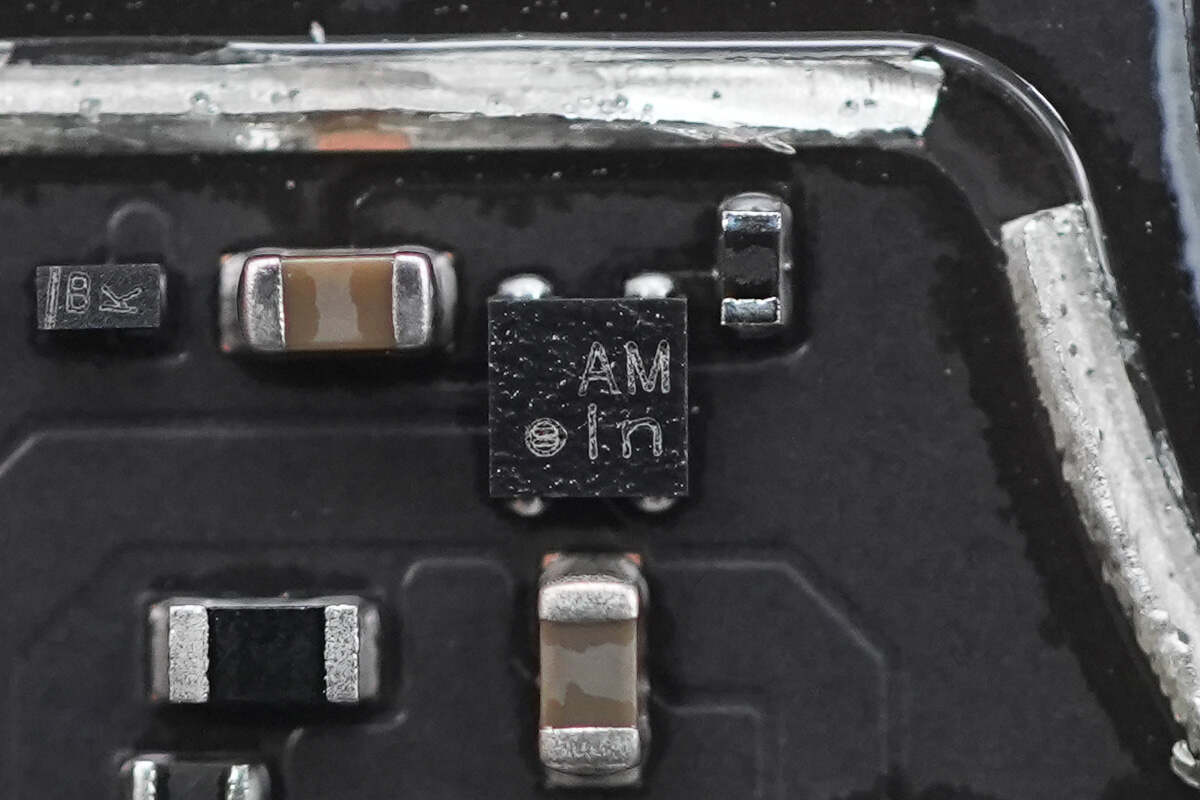
The voltage regulator chip is marked with “AM In.”
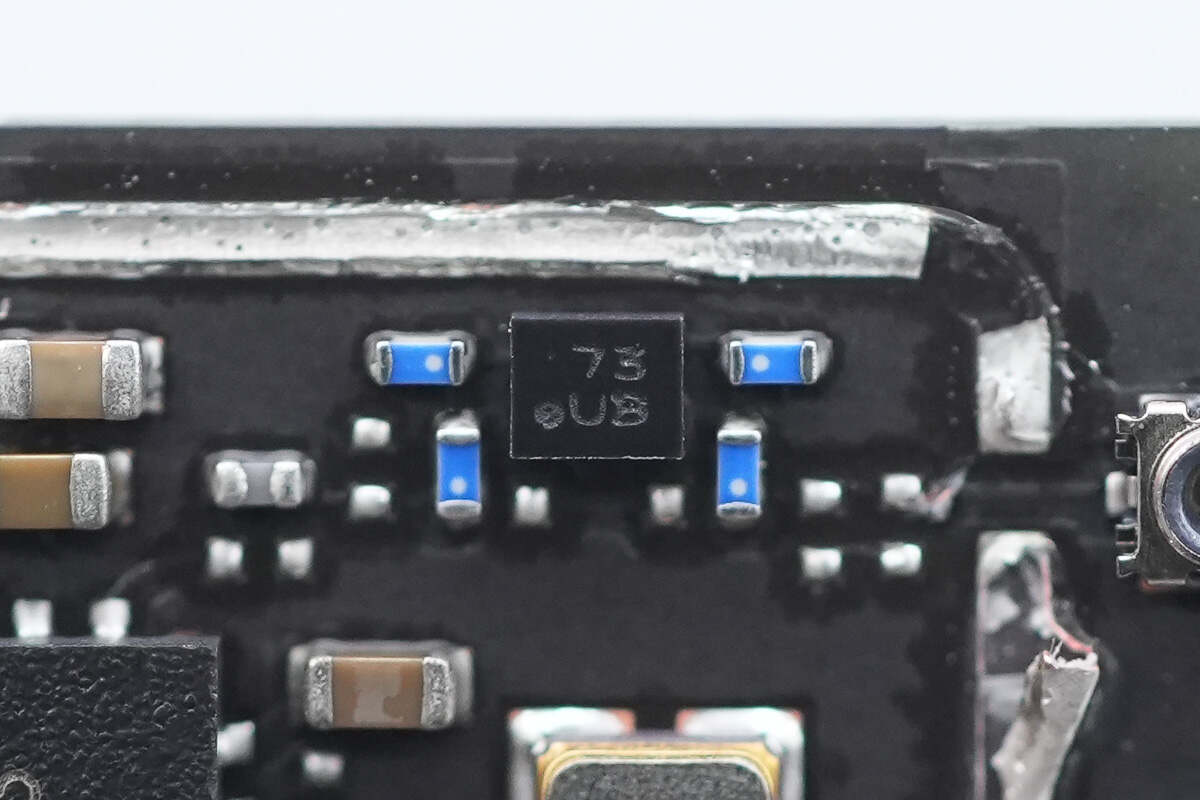
Close-up of the chip marked with “73 UB.”
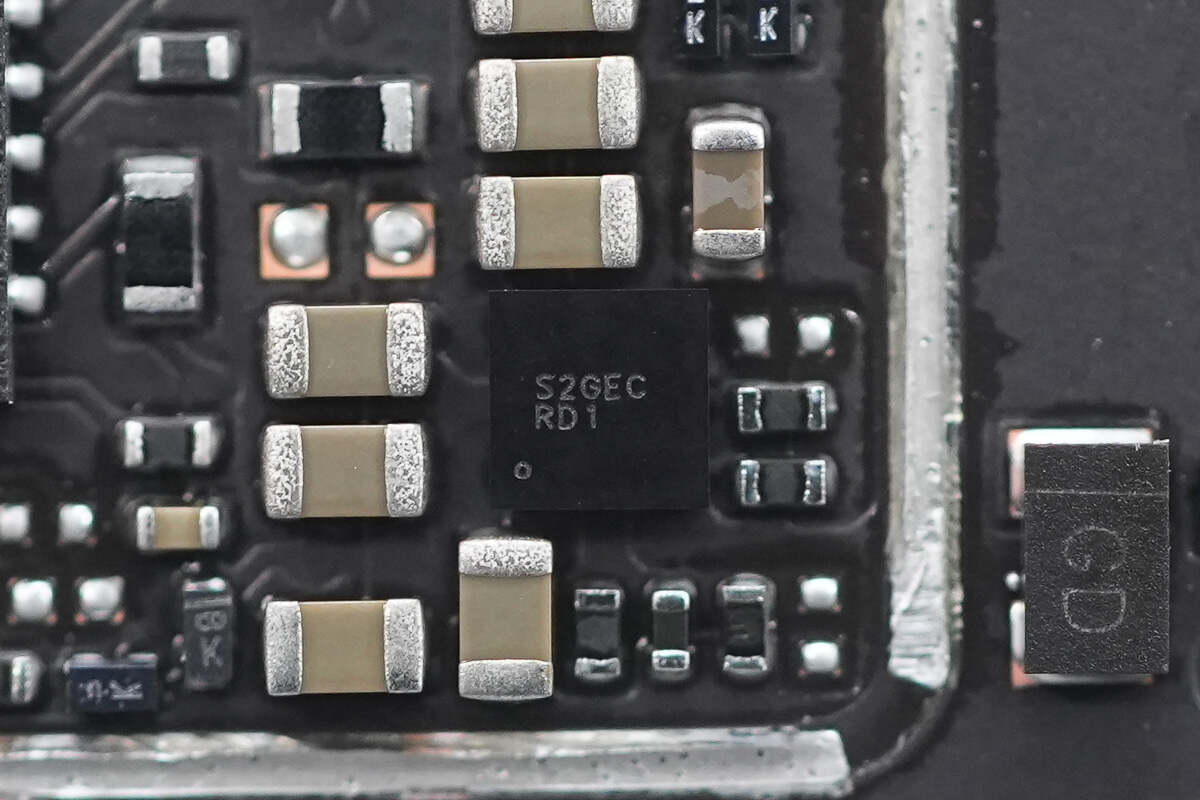
Close-up of the chip marked with “S2GEC.”

The back side of the PCB has no components.

Well, those are all components of the Xiaomi 17 Pro Retro Handheld Console Case.
Summary of ChargerLAB

Here is the component list of the Xiaomi 17 Pro Retro Handheld Console Case for your convenience.
The case features a skin-friendly material, providing a smooth and comfortable grip. The control buttons replicate the classic handheld console layout. It connects via Bluetooth for easy operation and supports an extended battery life of up to 40 days. However, wireless charging is not possible while the case is attached, and frequent removal may reduce the overall user experience, so this should be considered before purchase.
After taking it apart, we found that its internal structure is relatively simple. The PCB houses the charging and Bluetooth circuits, both covered by shielding. Key components include the NanoSiC WNF173 Bluetooth SoC and the SiliconMitus SM5602 battery fuel gauge. The battery is supplied by Sunwoda and has obtained CCC certification, ensuring reliable quality.
Related Articles:
1. Teardown of Huawei SuperPower 100W 12000mAh Power Bank (P0020)
2. Teardown of EcoFlow RAPID Pro 230W 20,000mAh Power Bank with Built-in Cable (EF-HB-100)
3. Teardown of Nintendo Switch 2 Original 60W PD Fast Charger (Japan Version)


